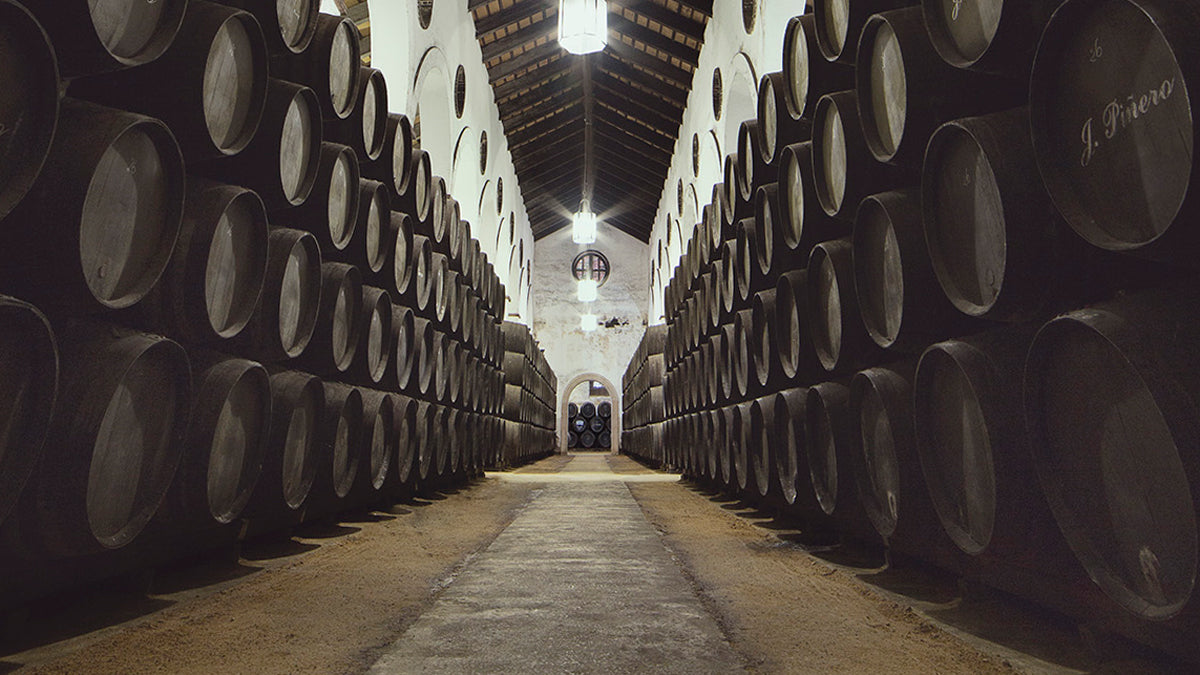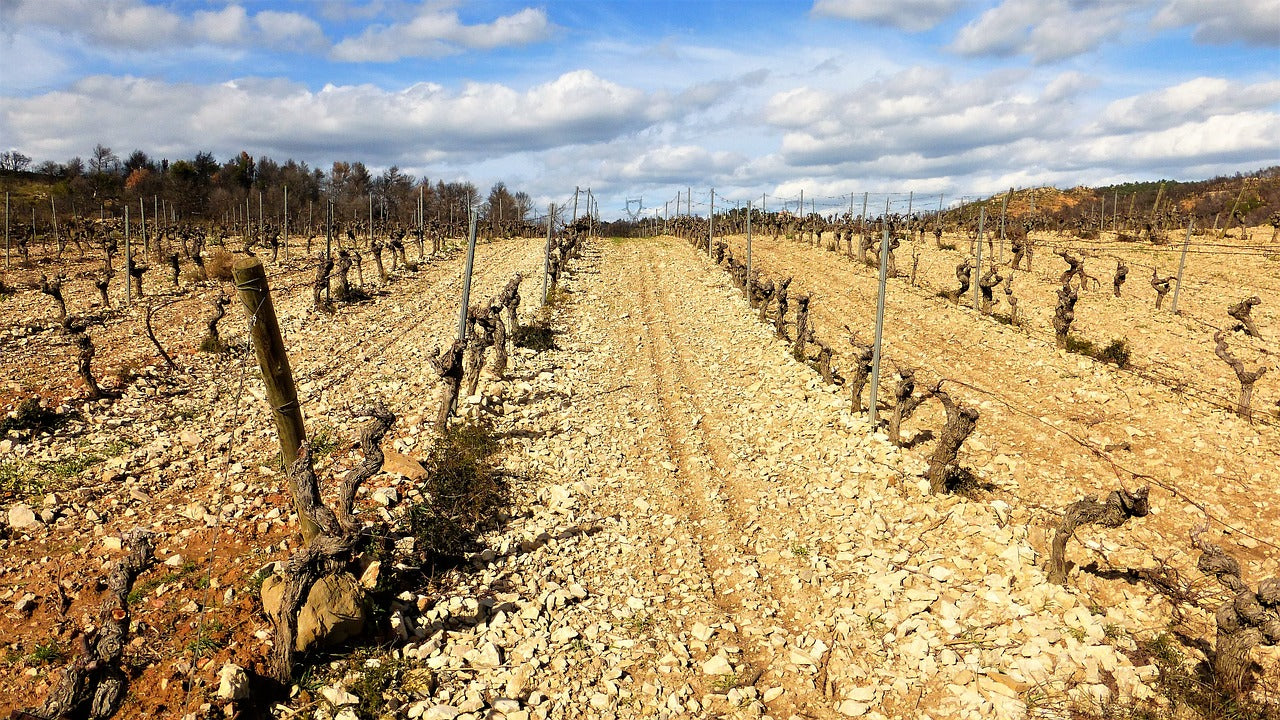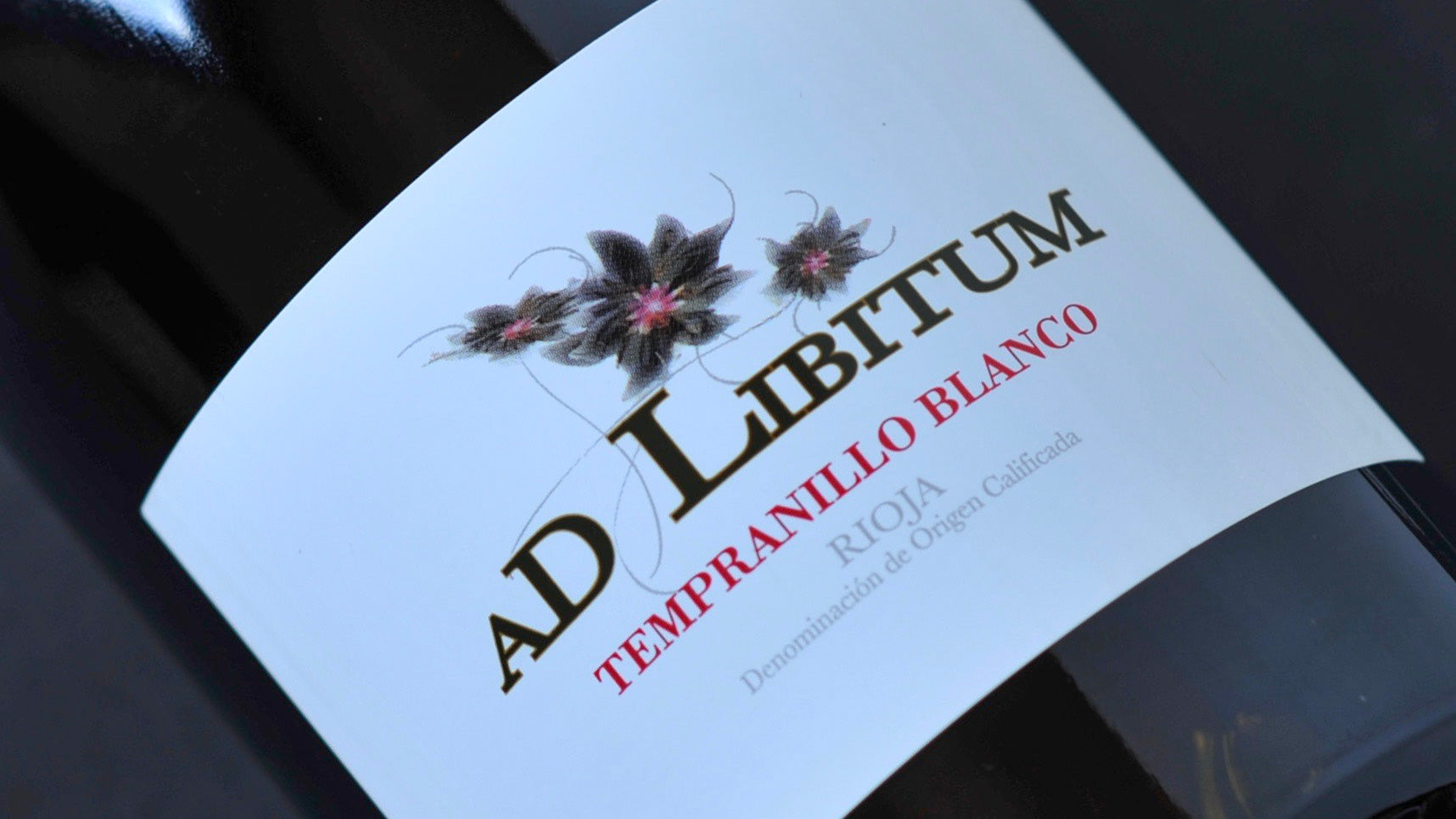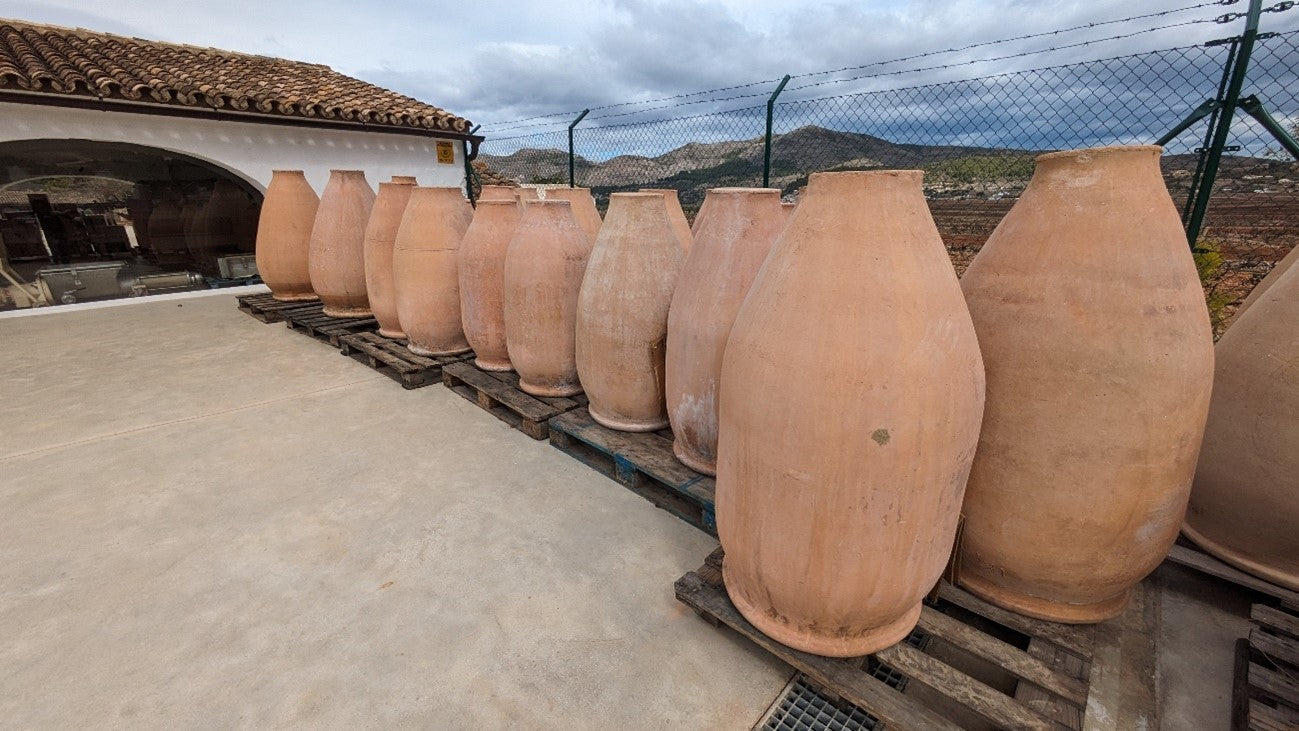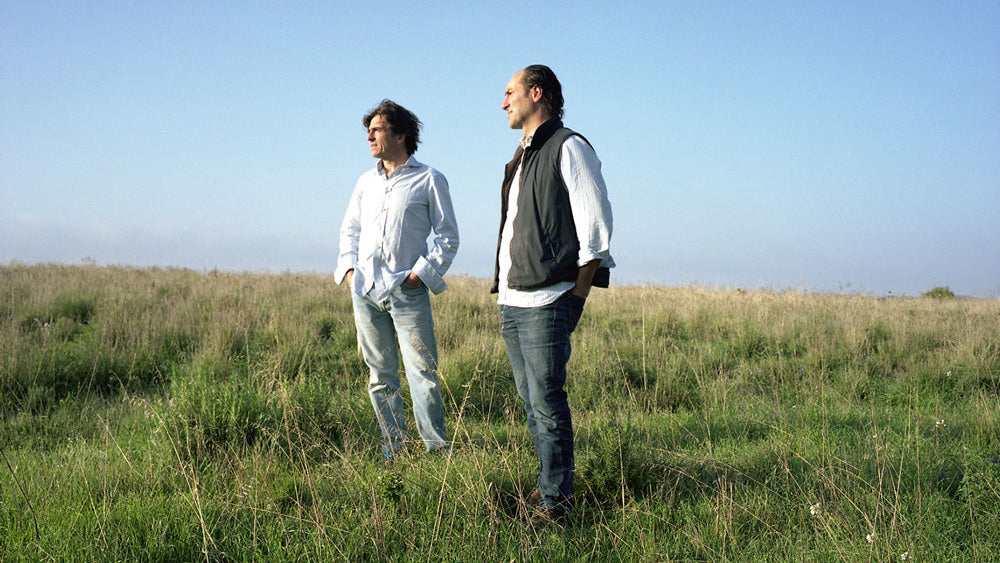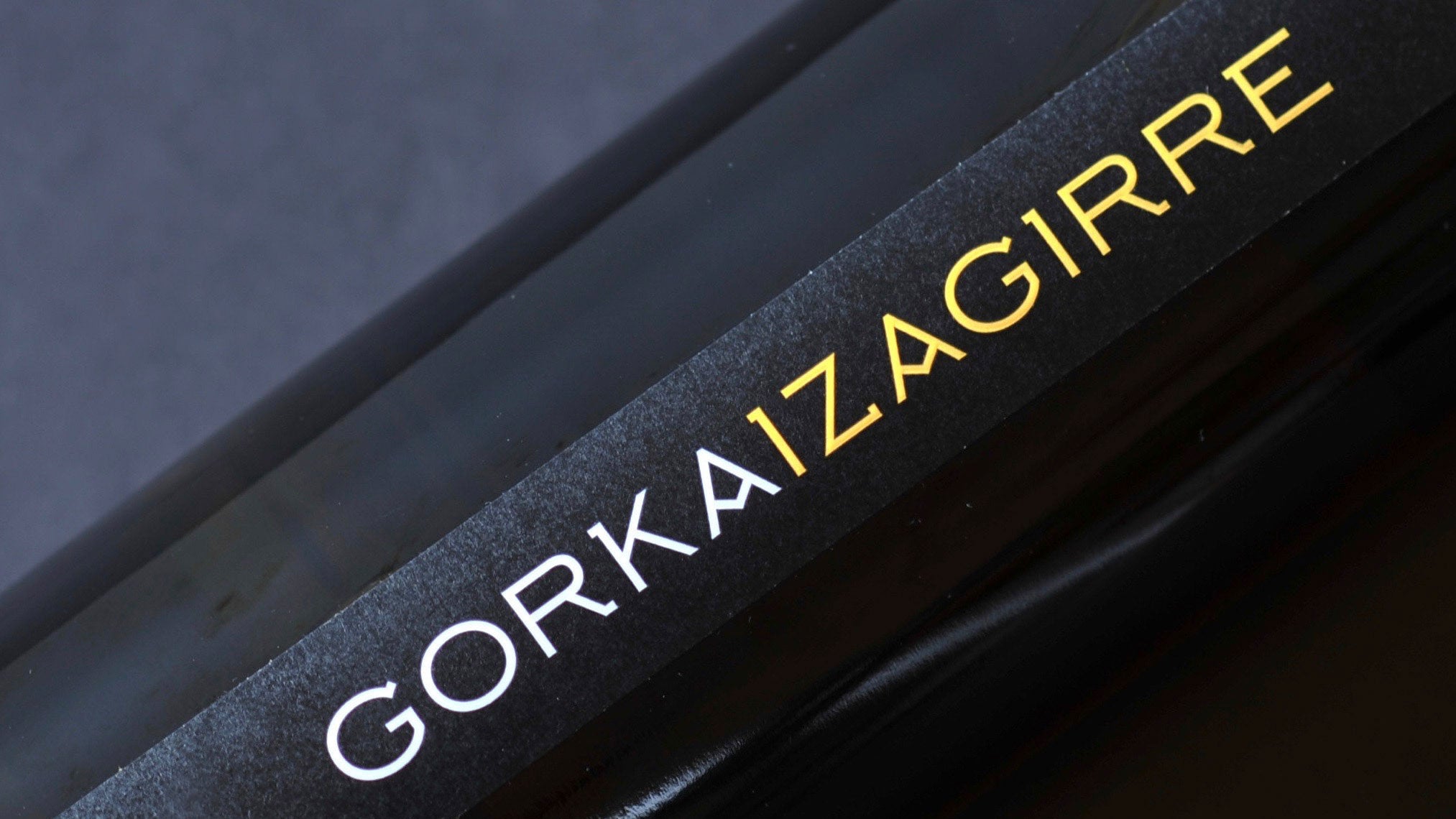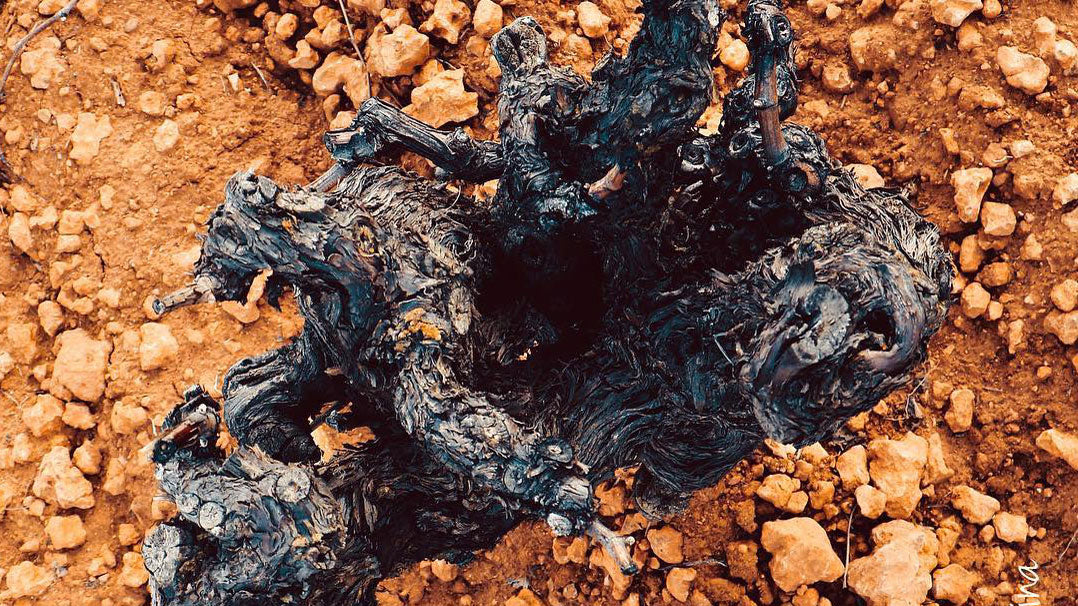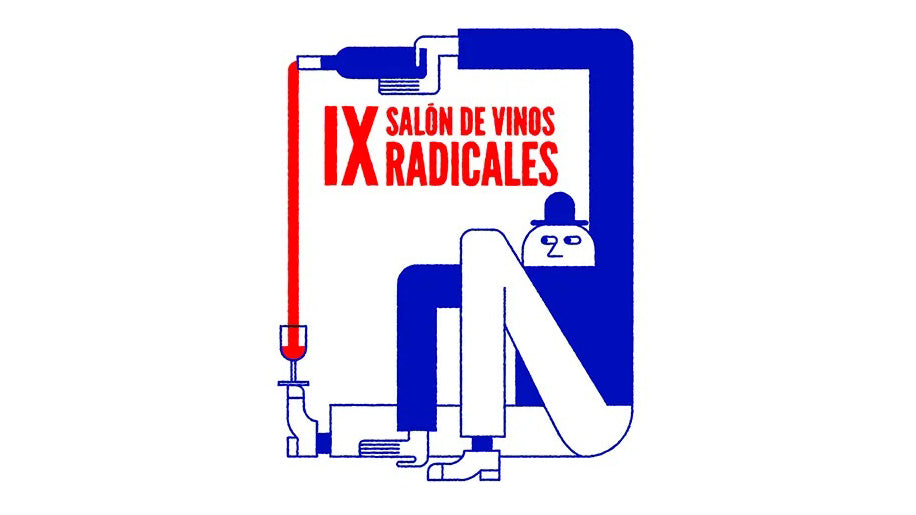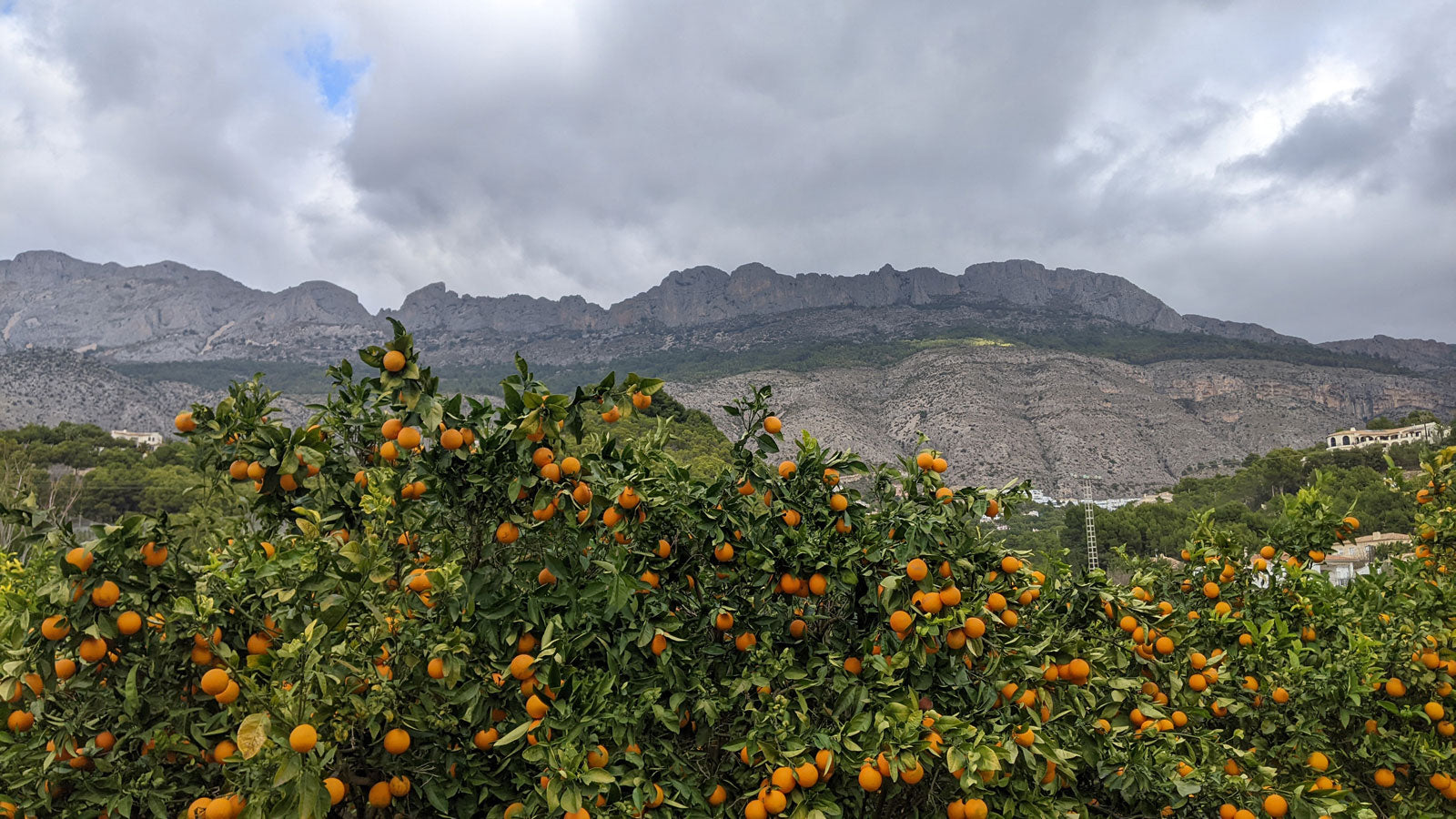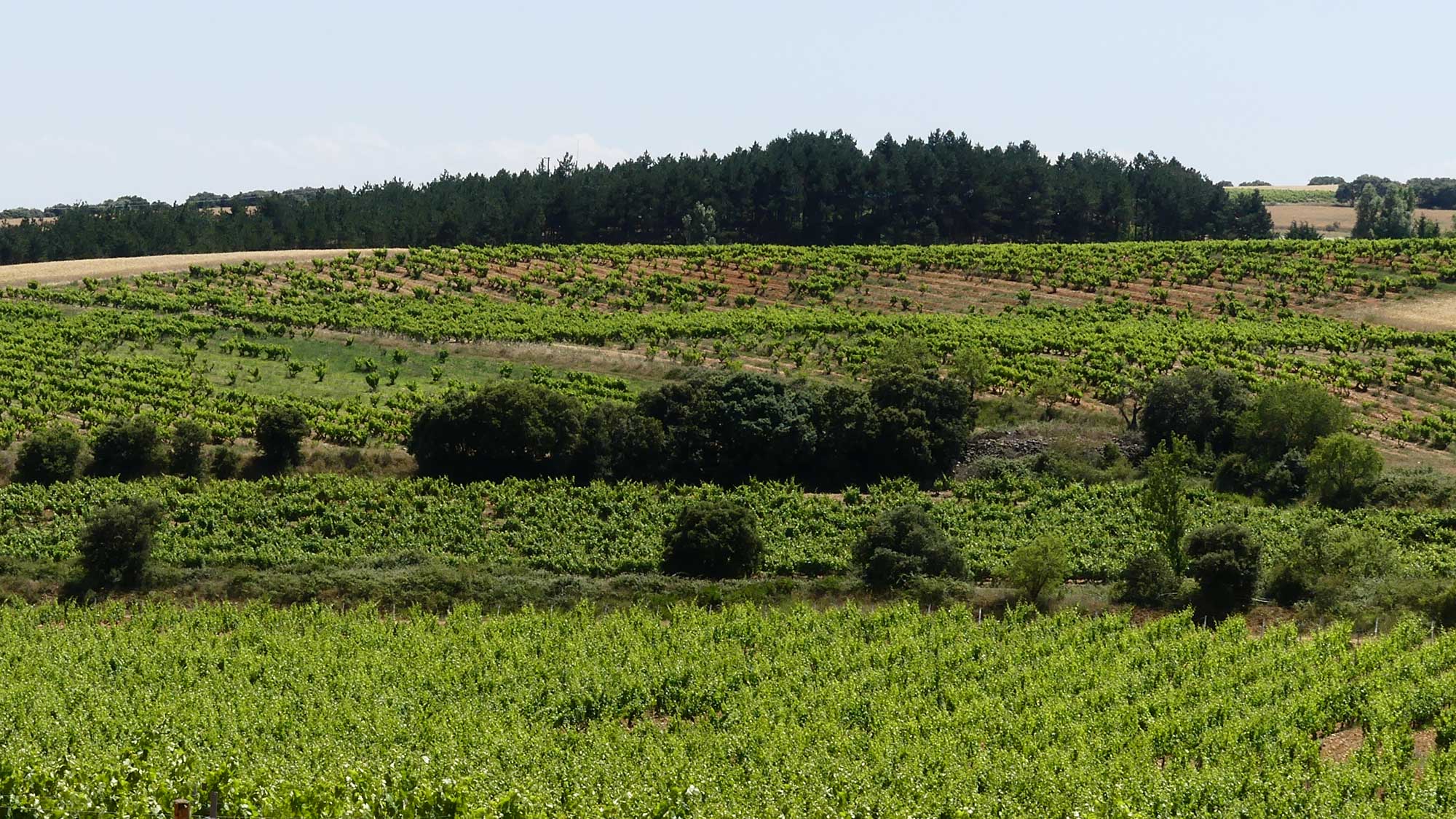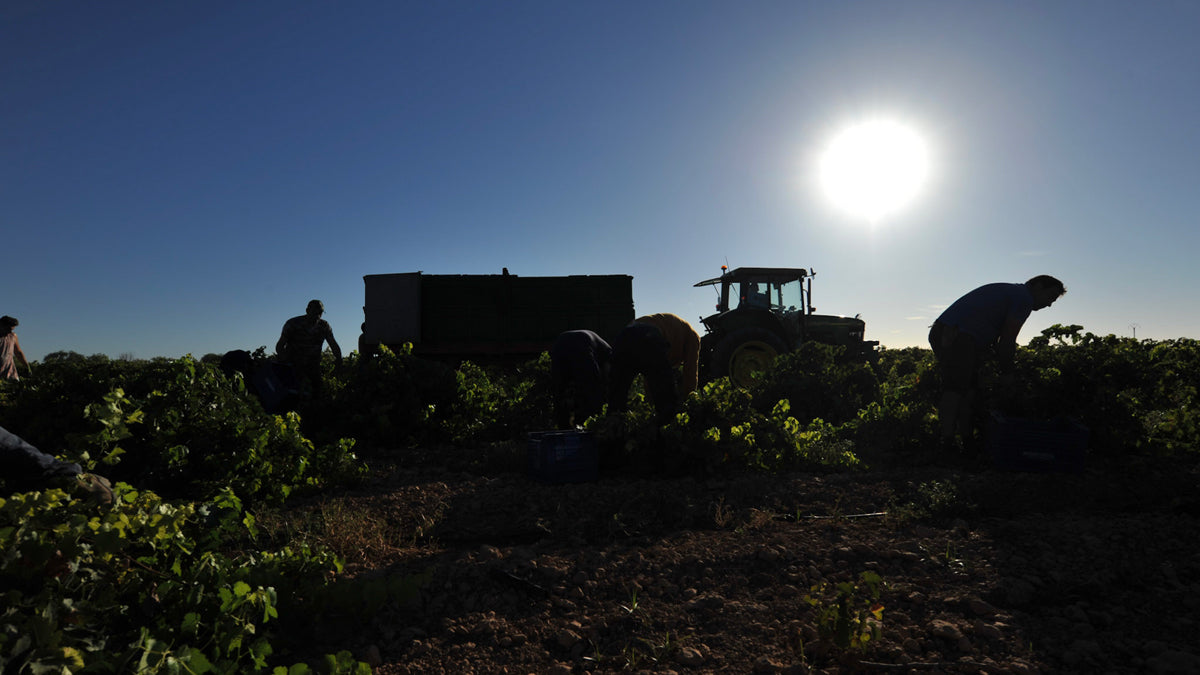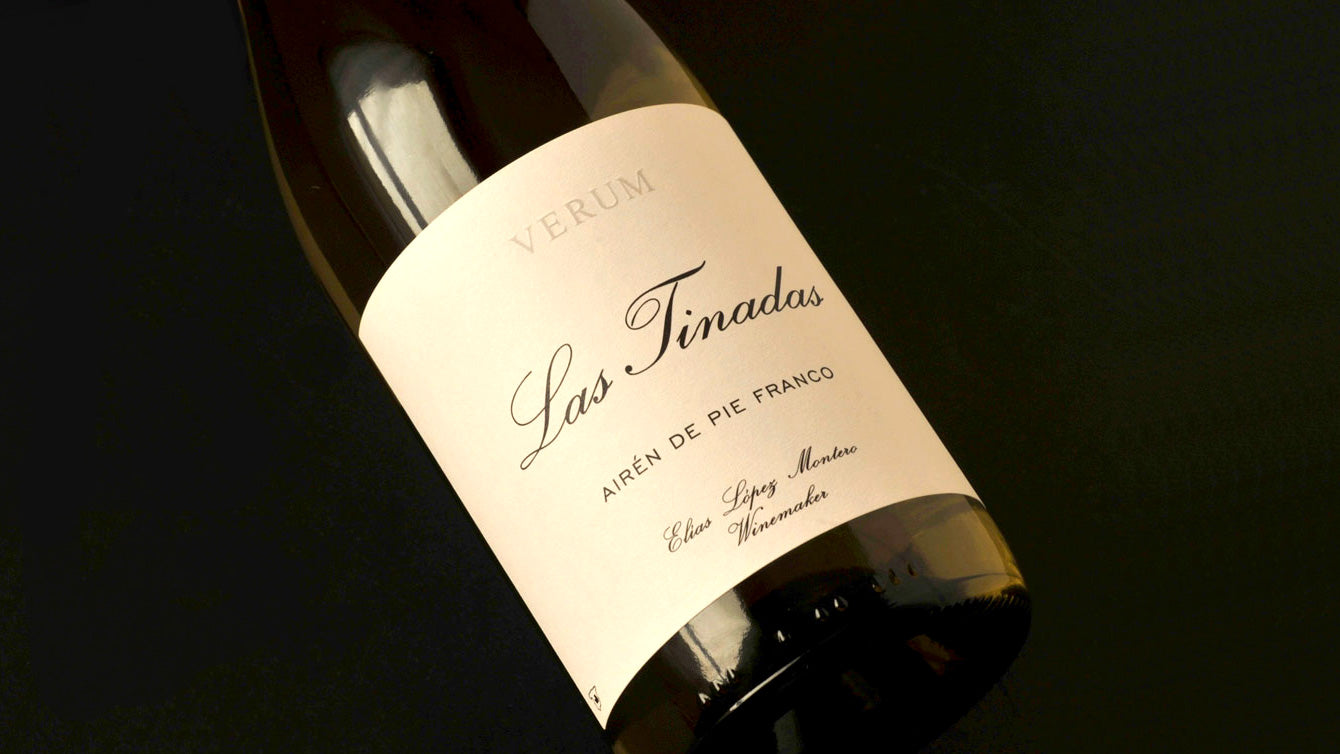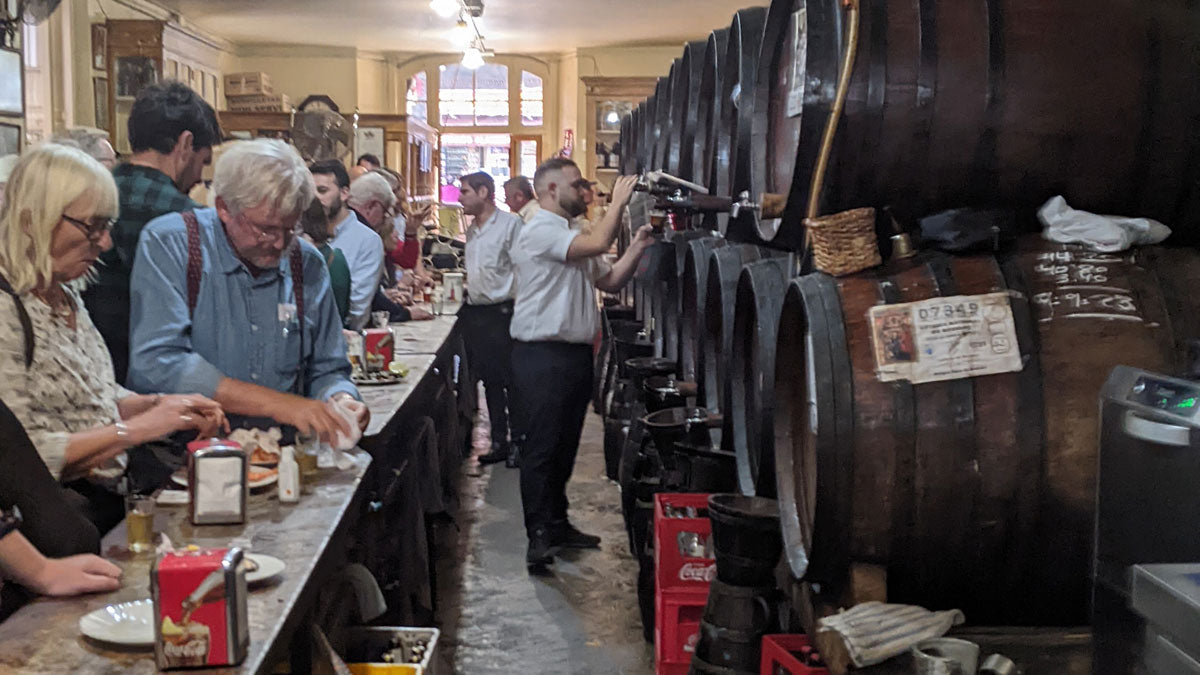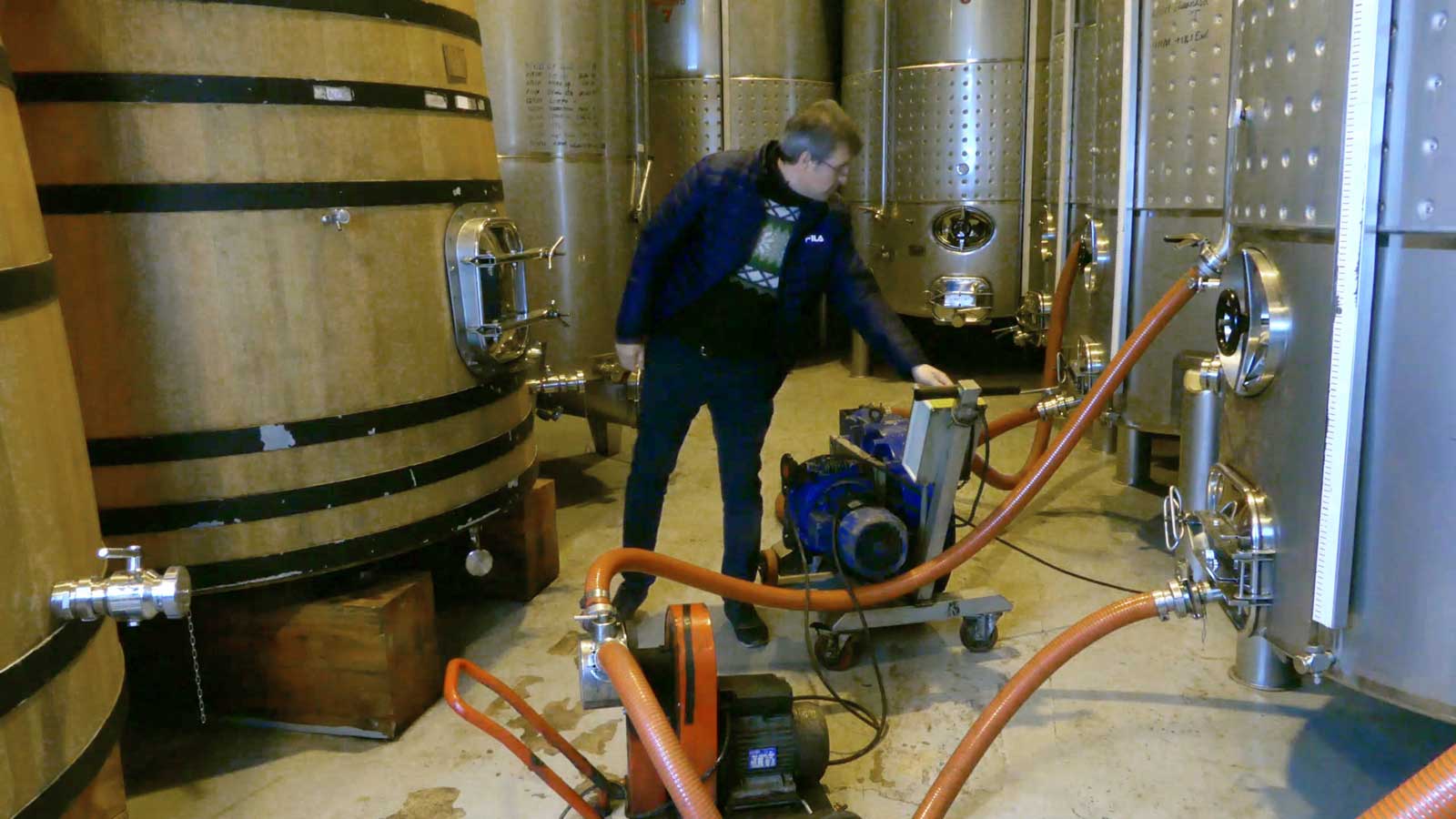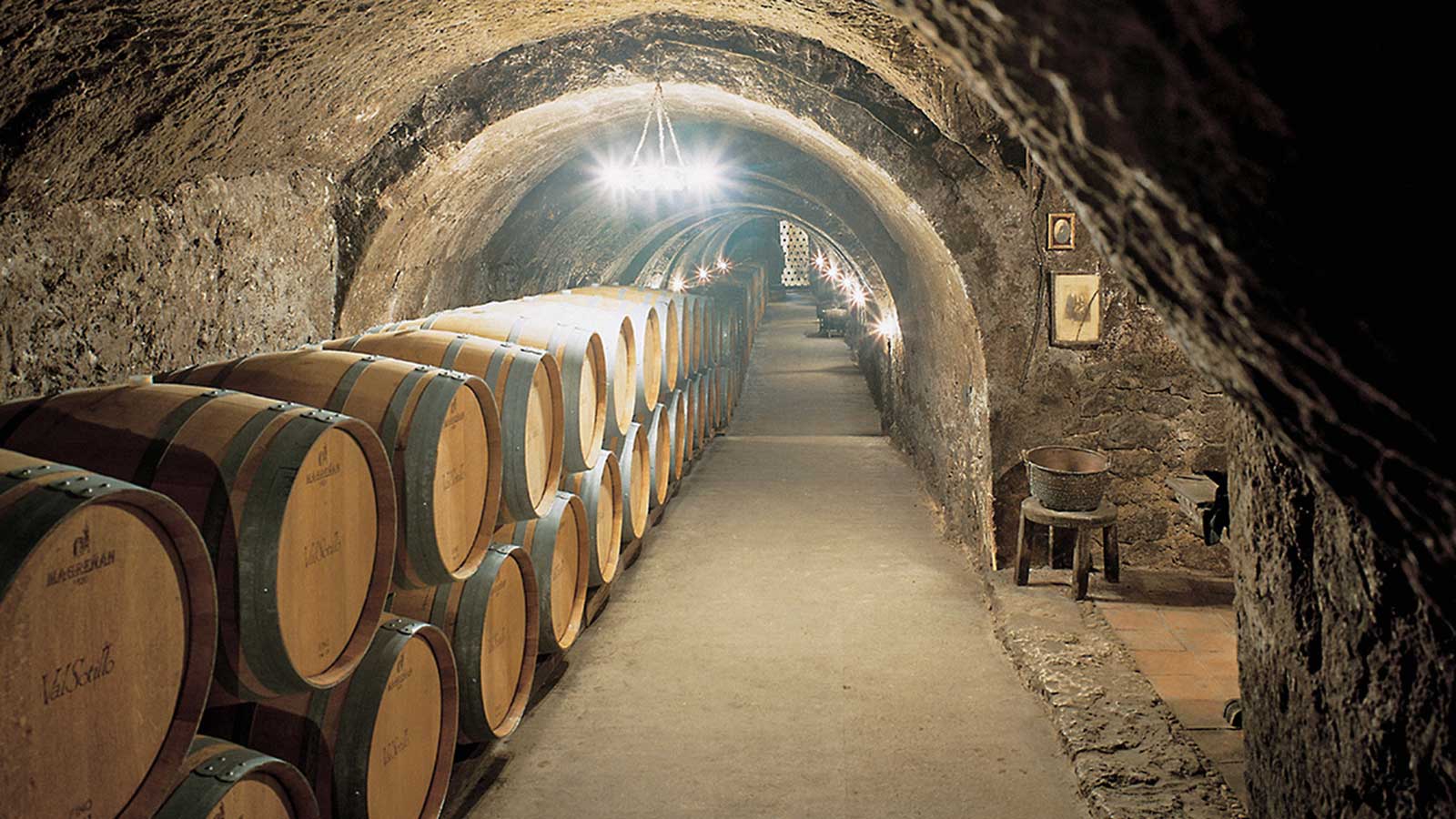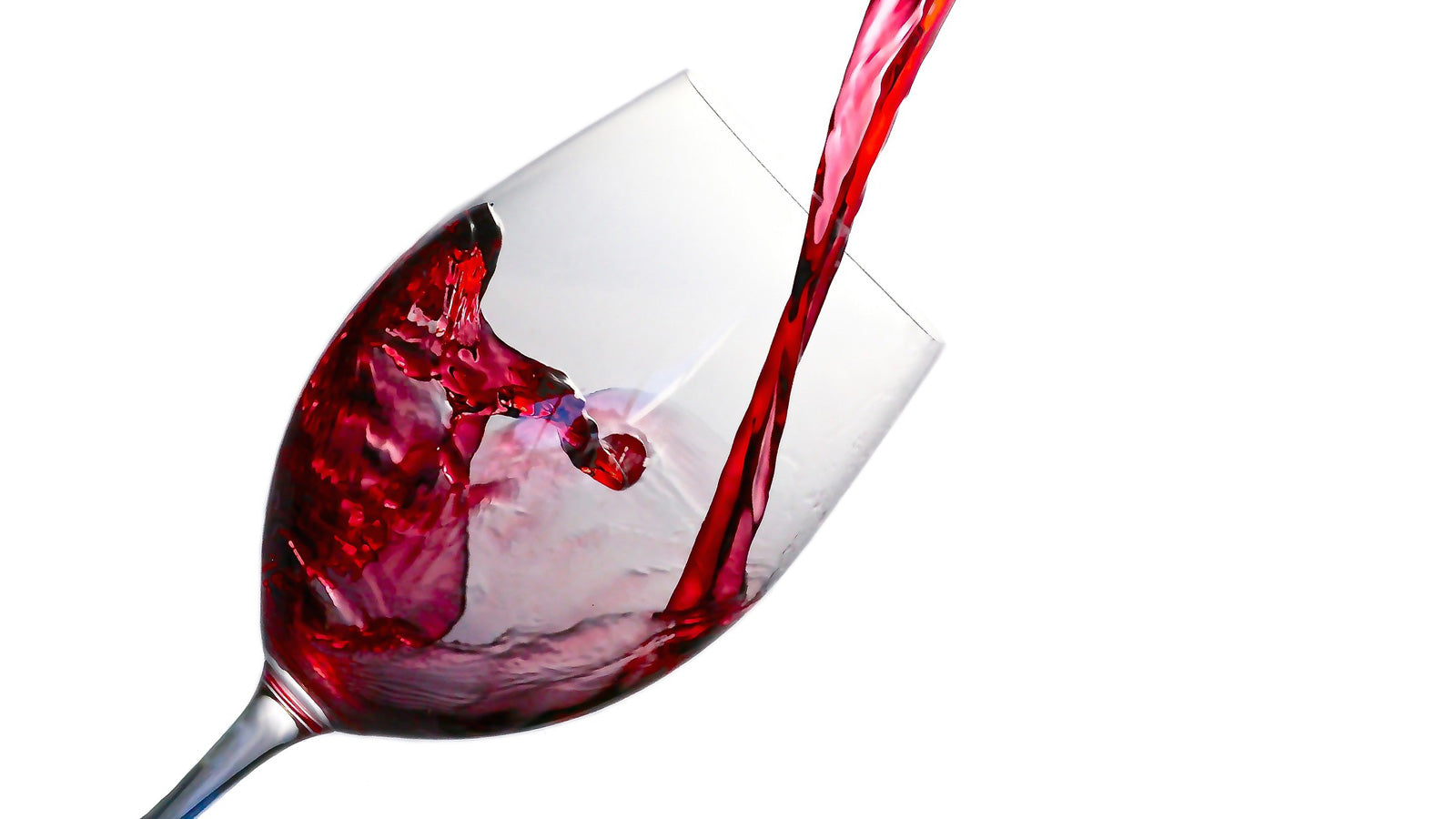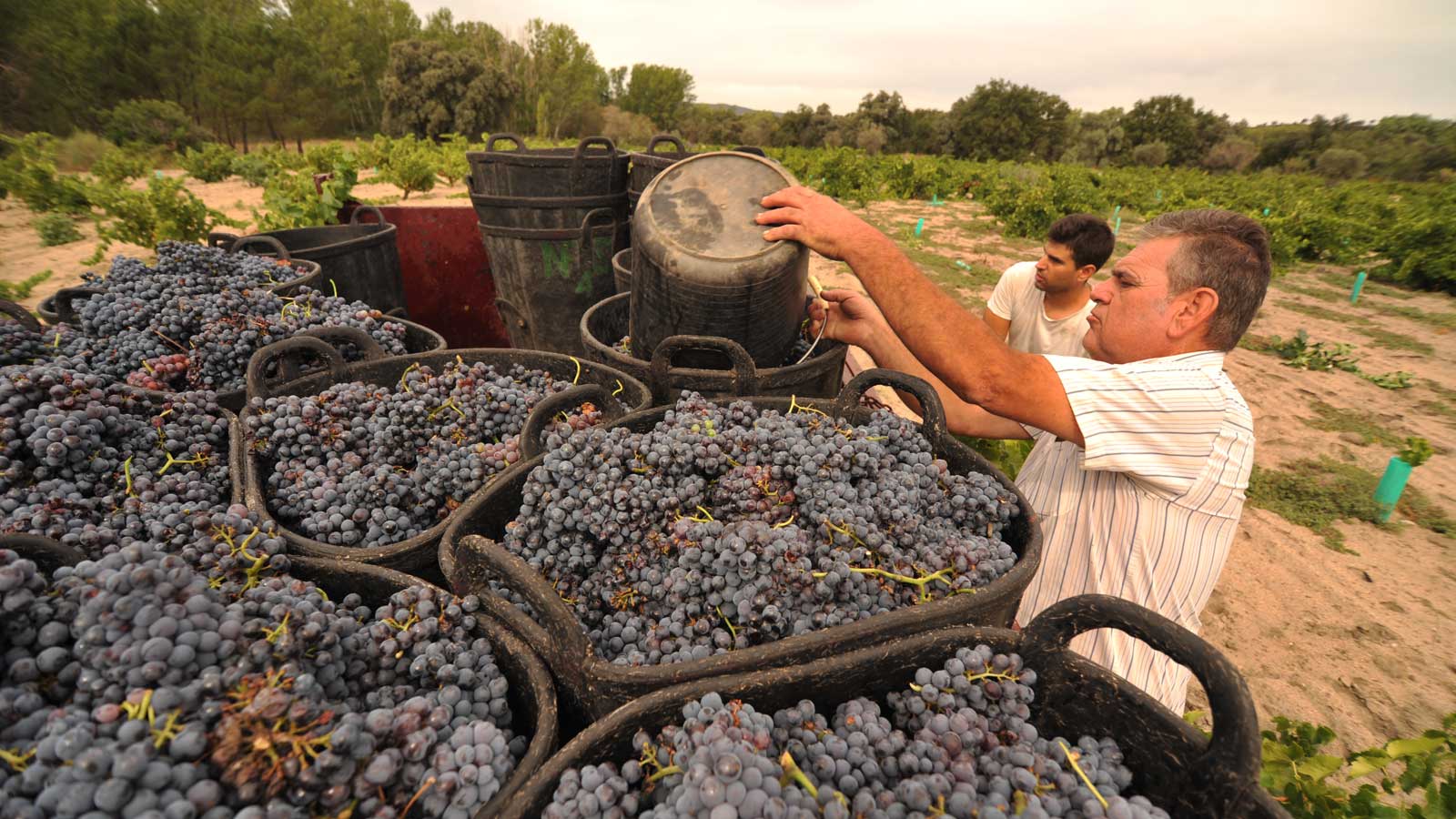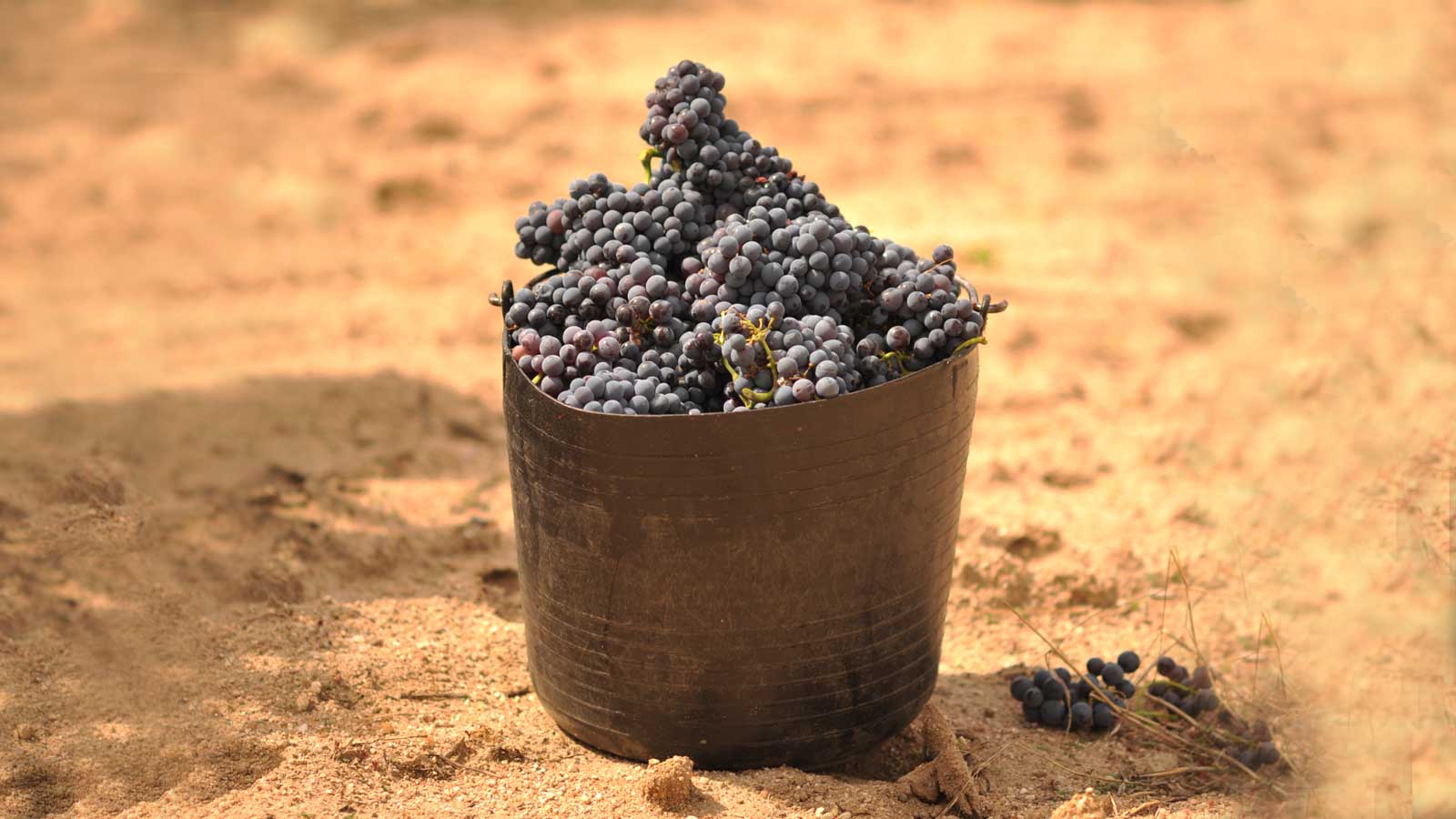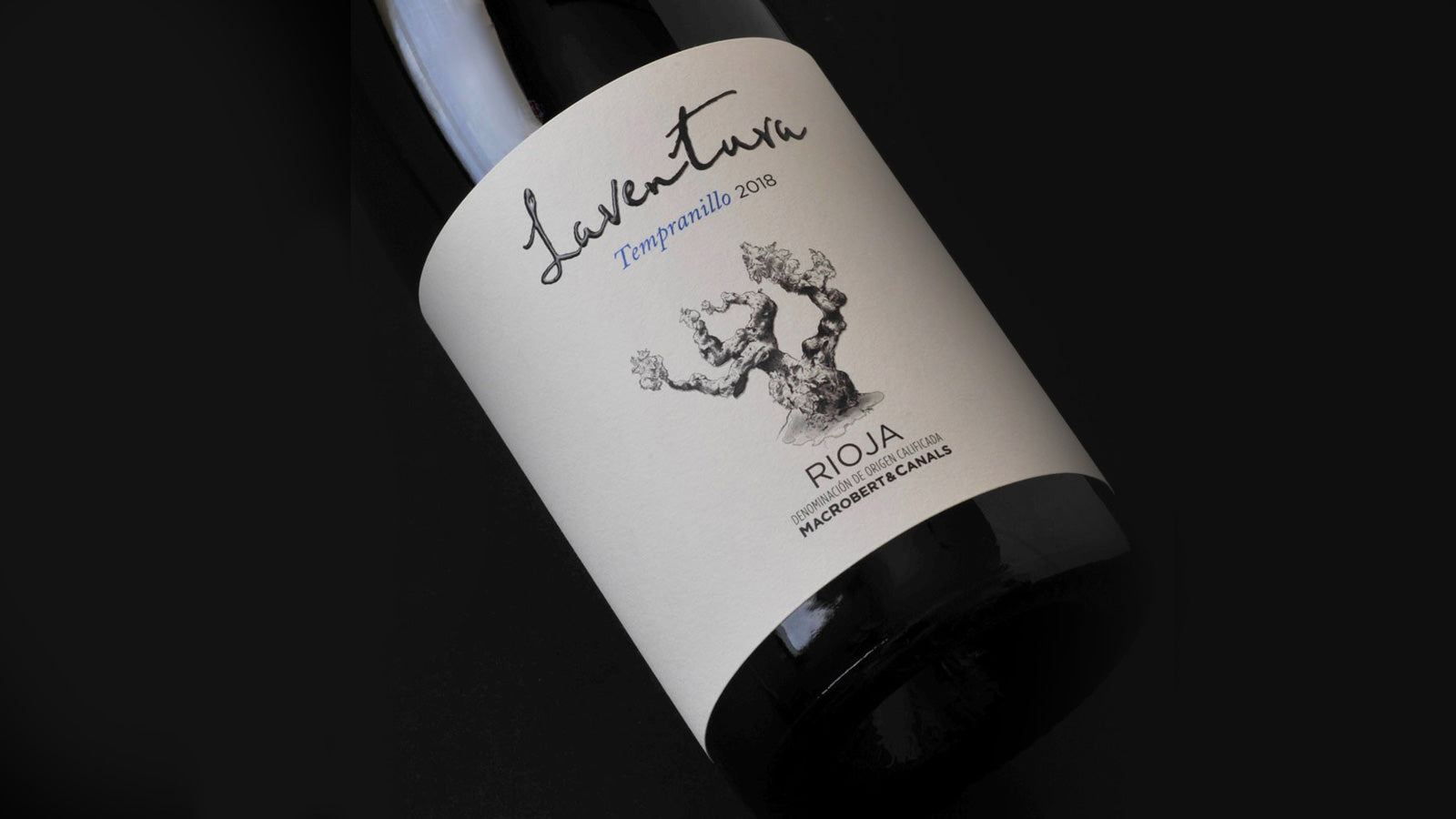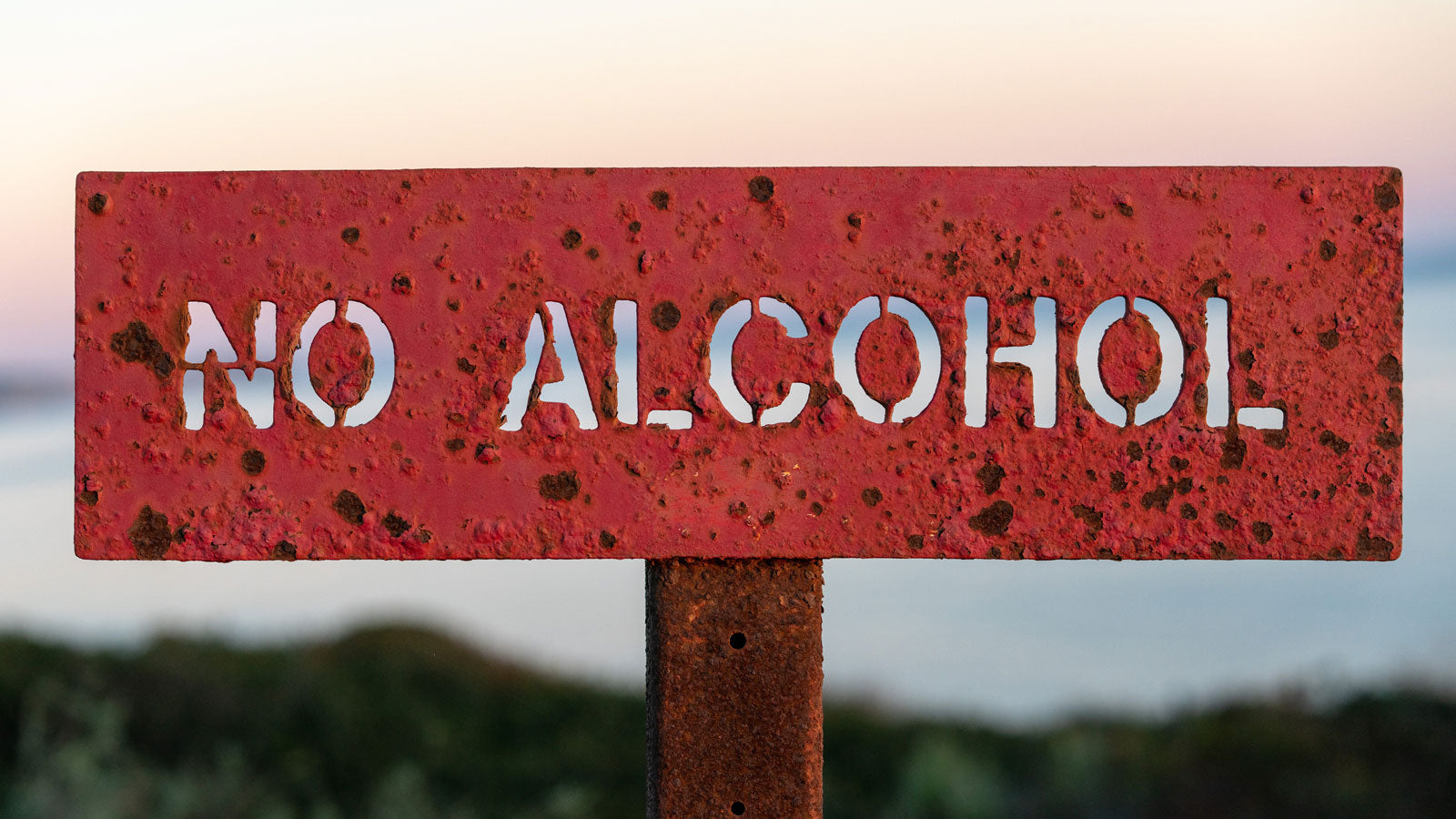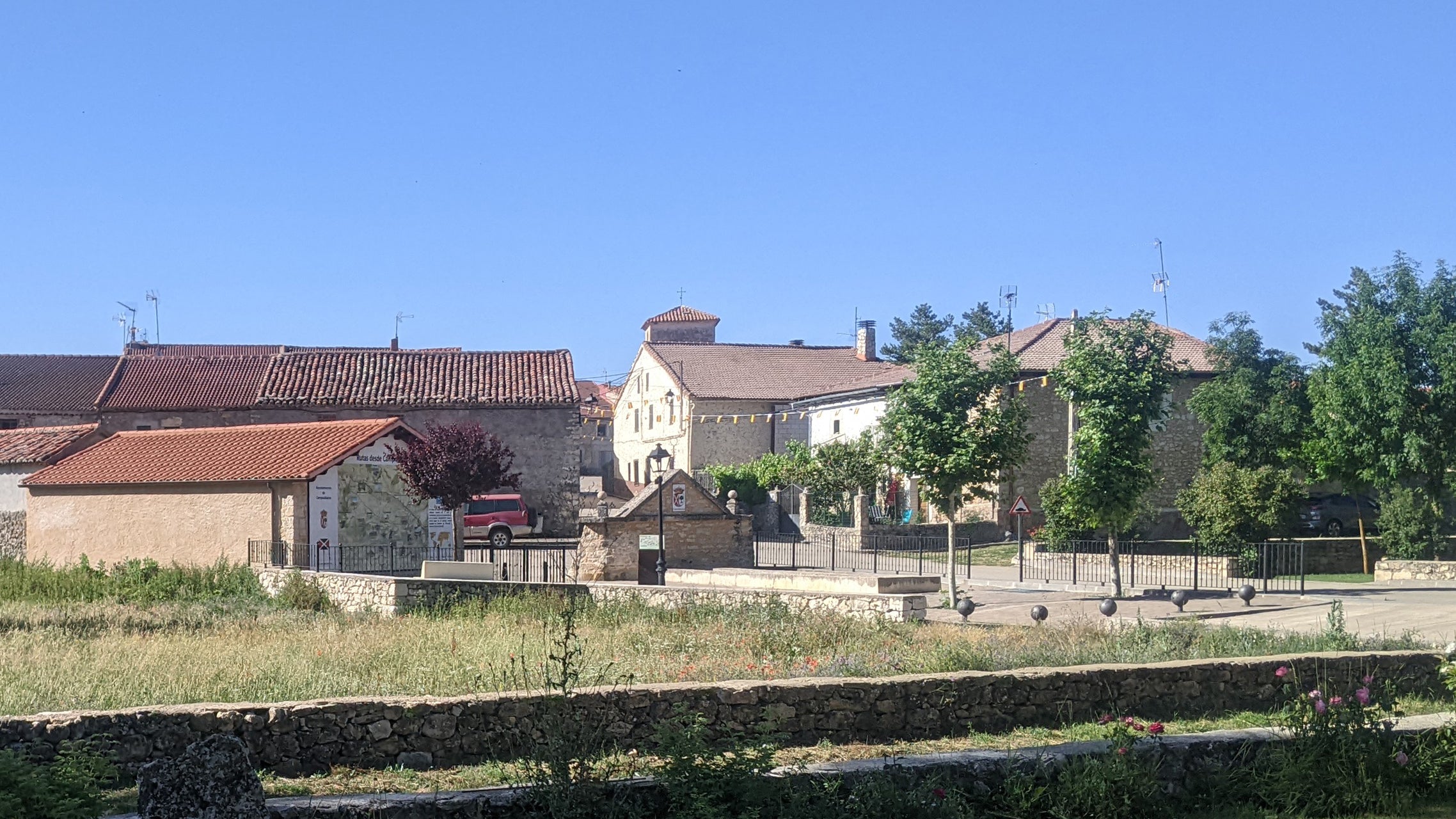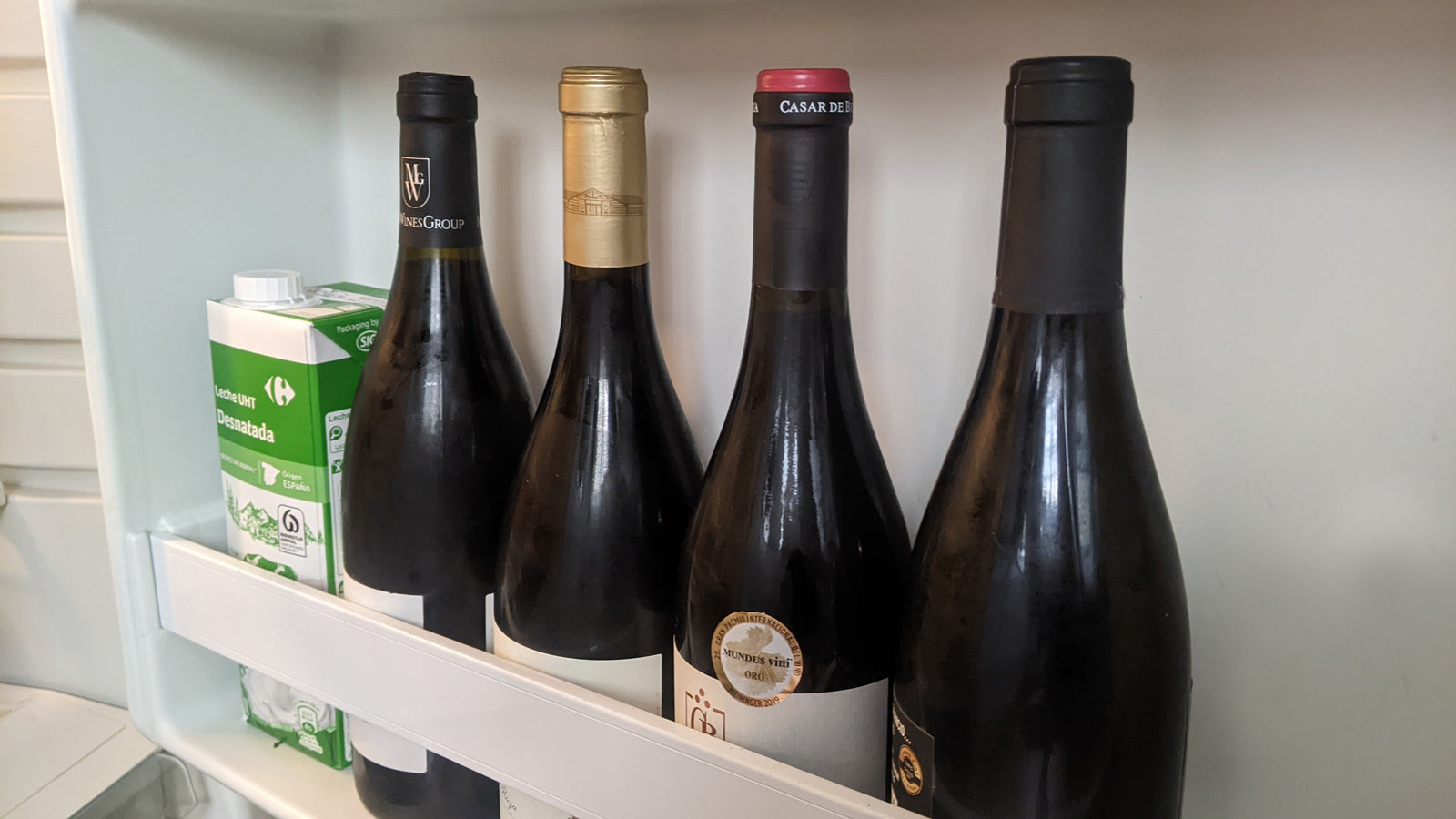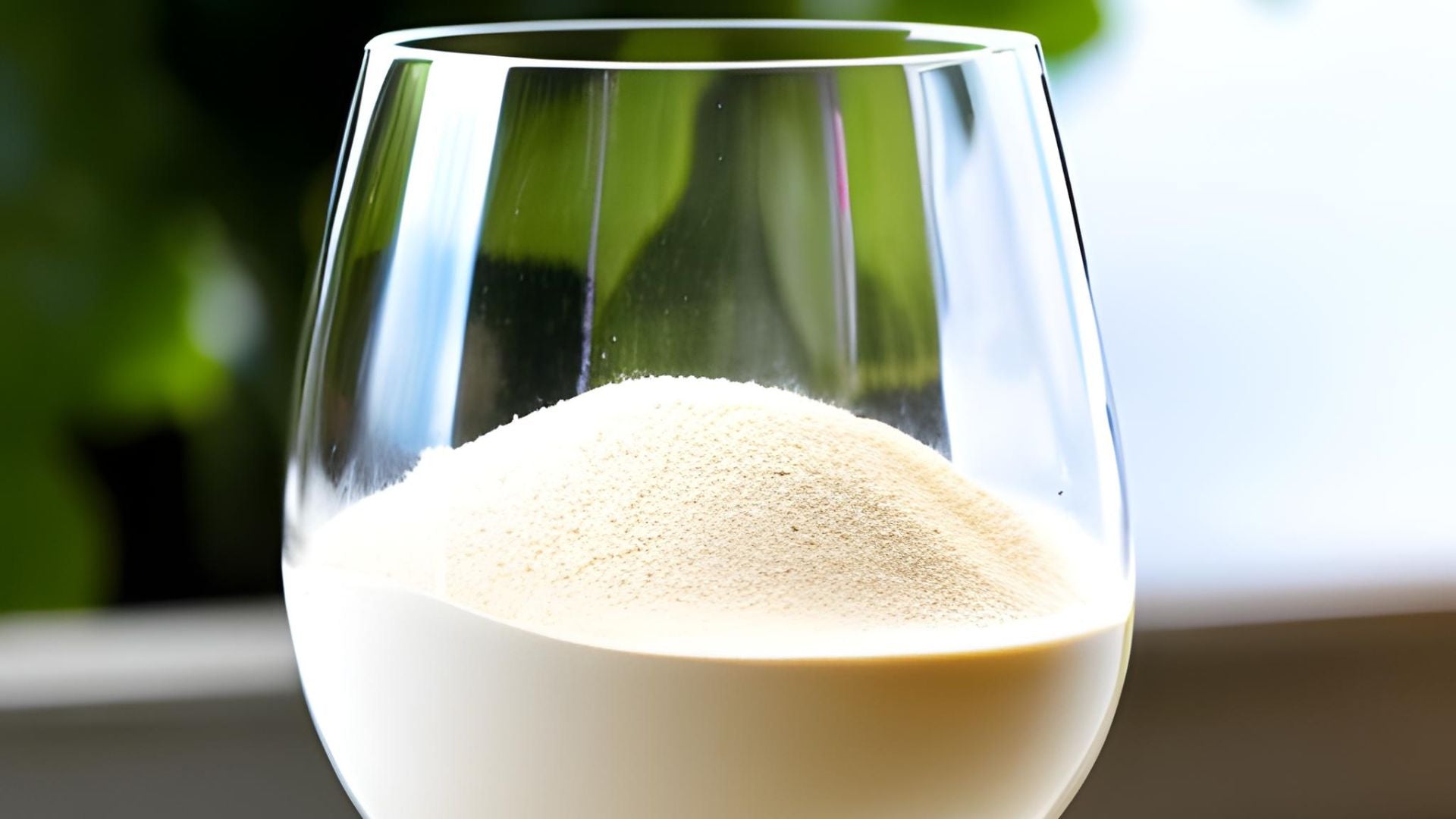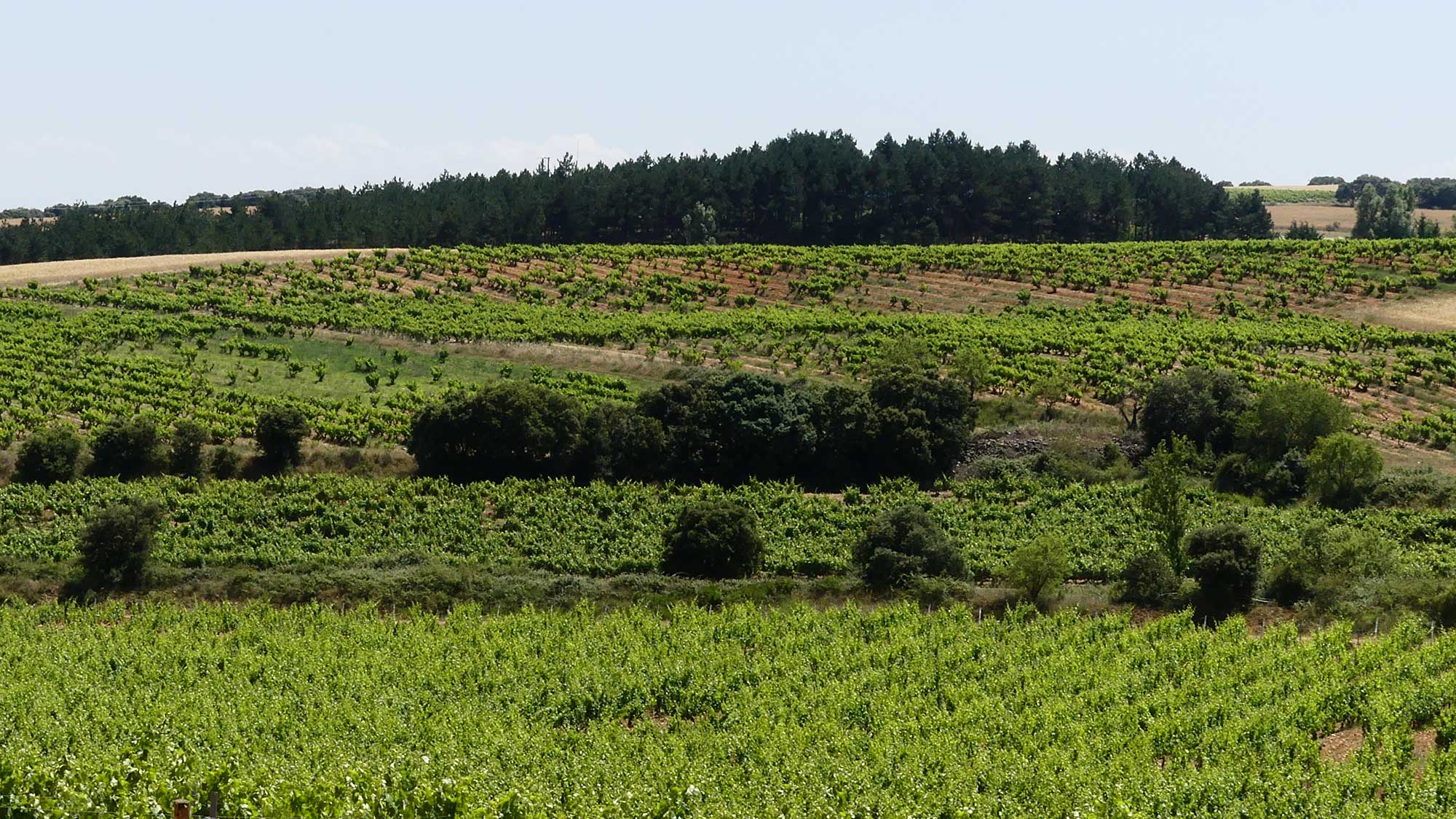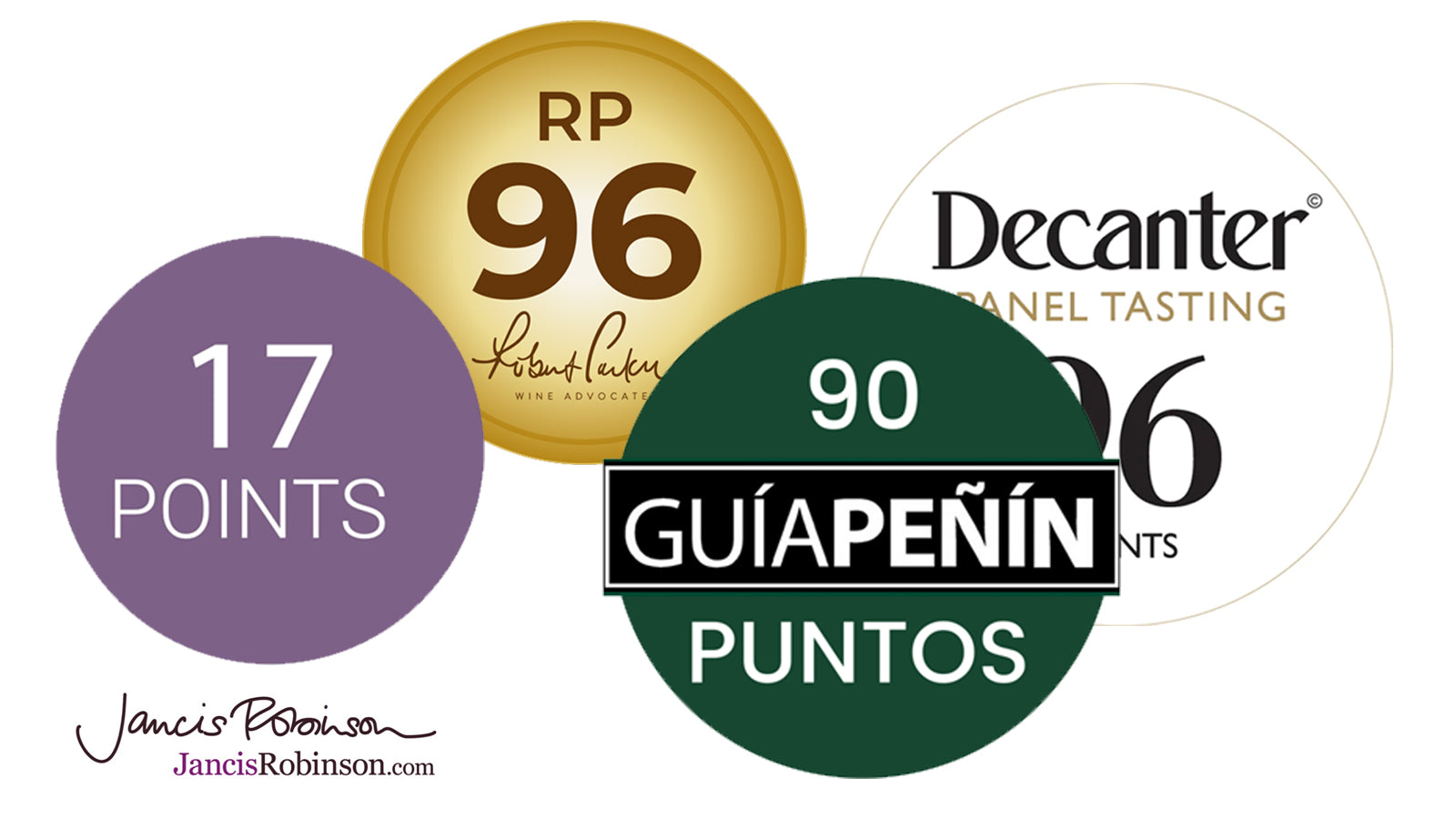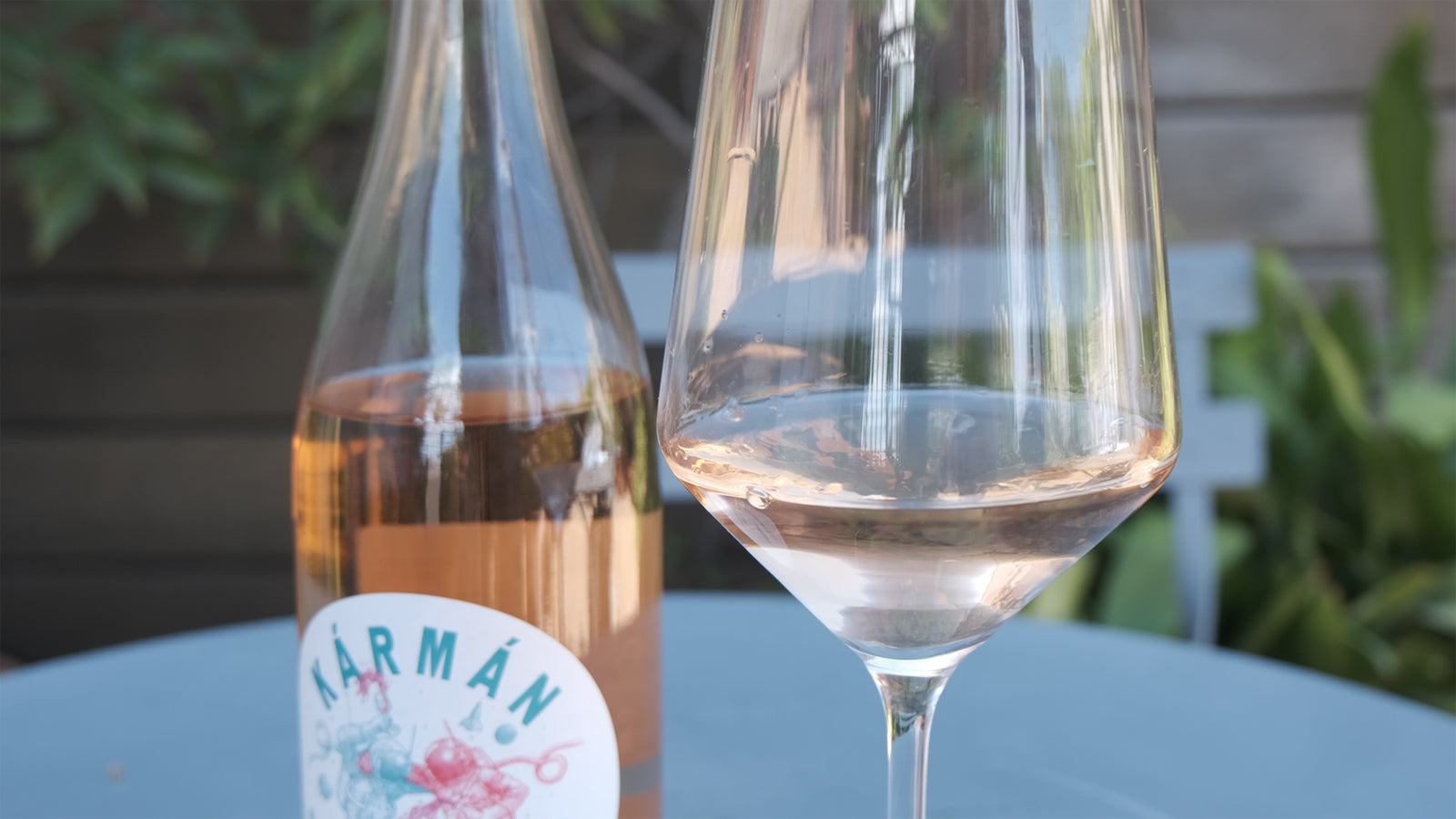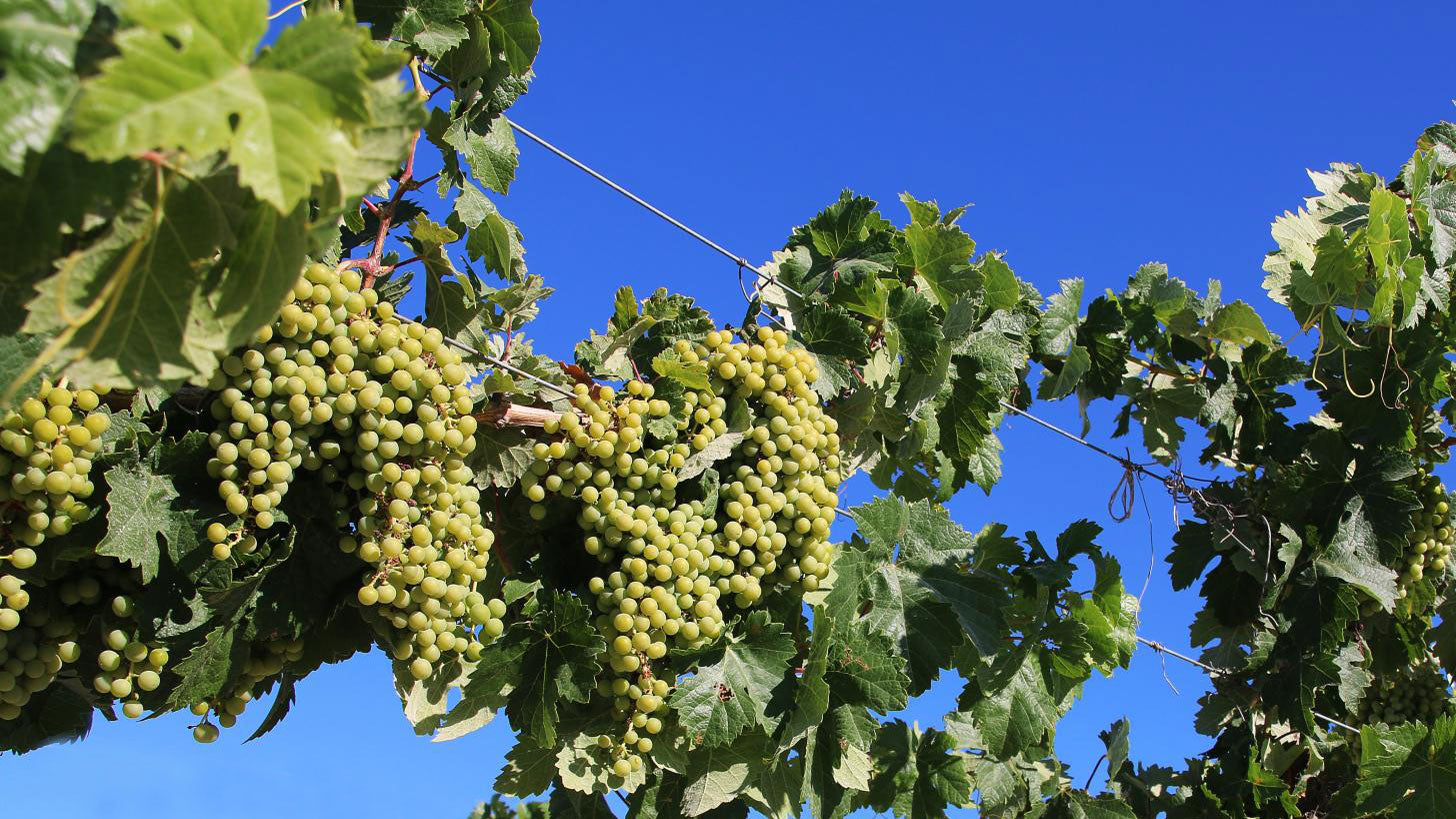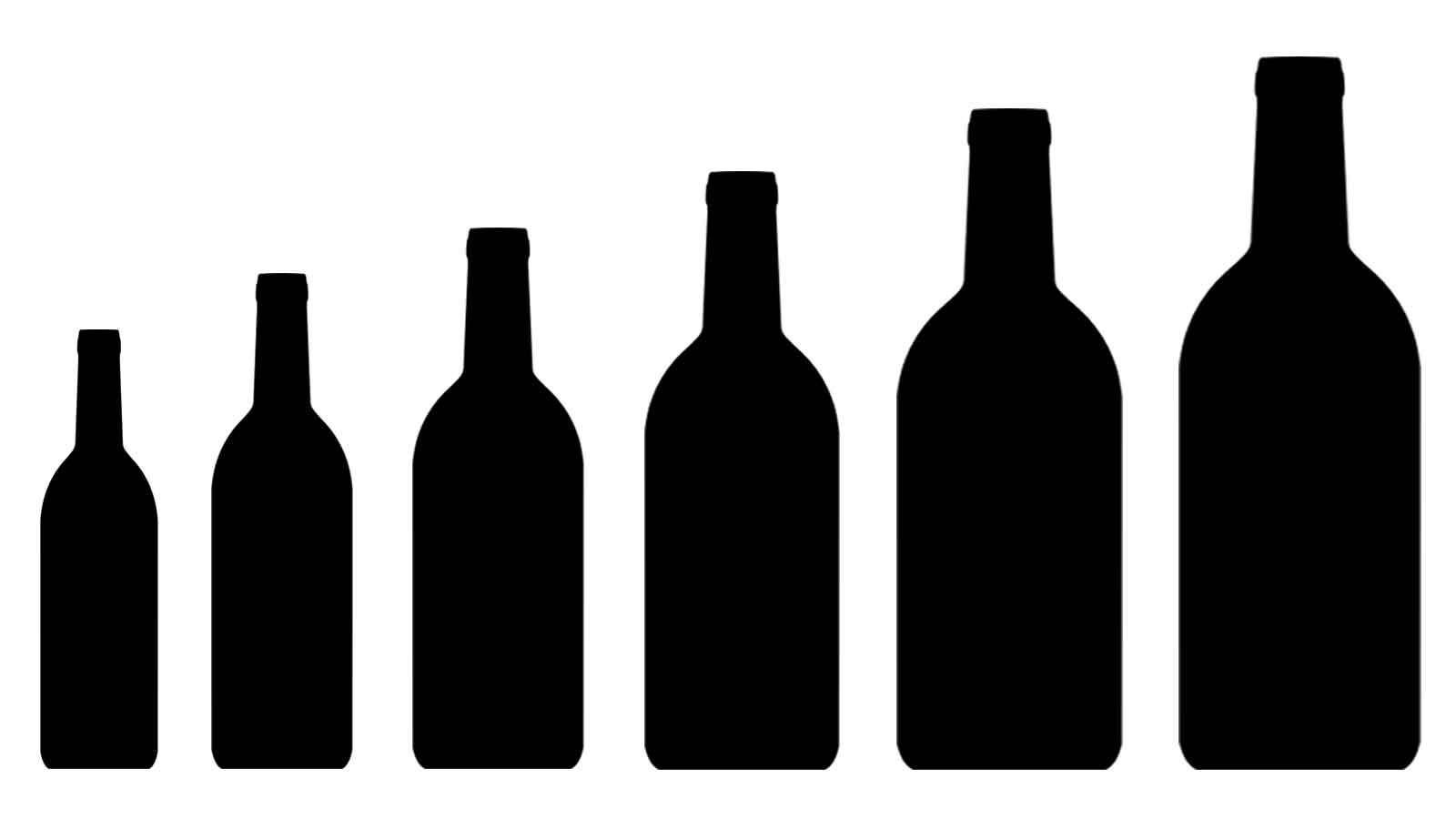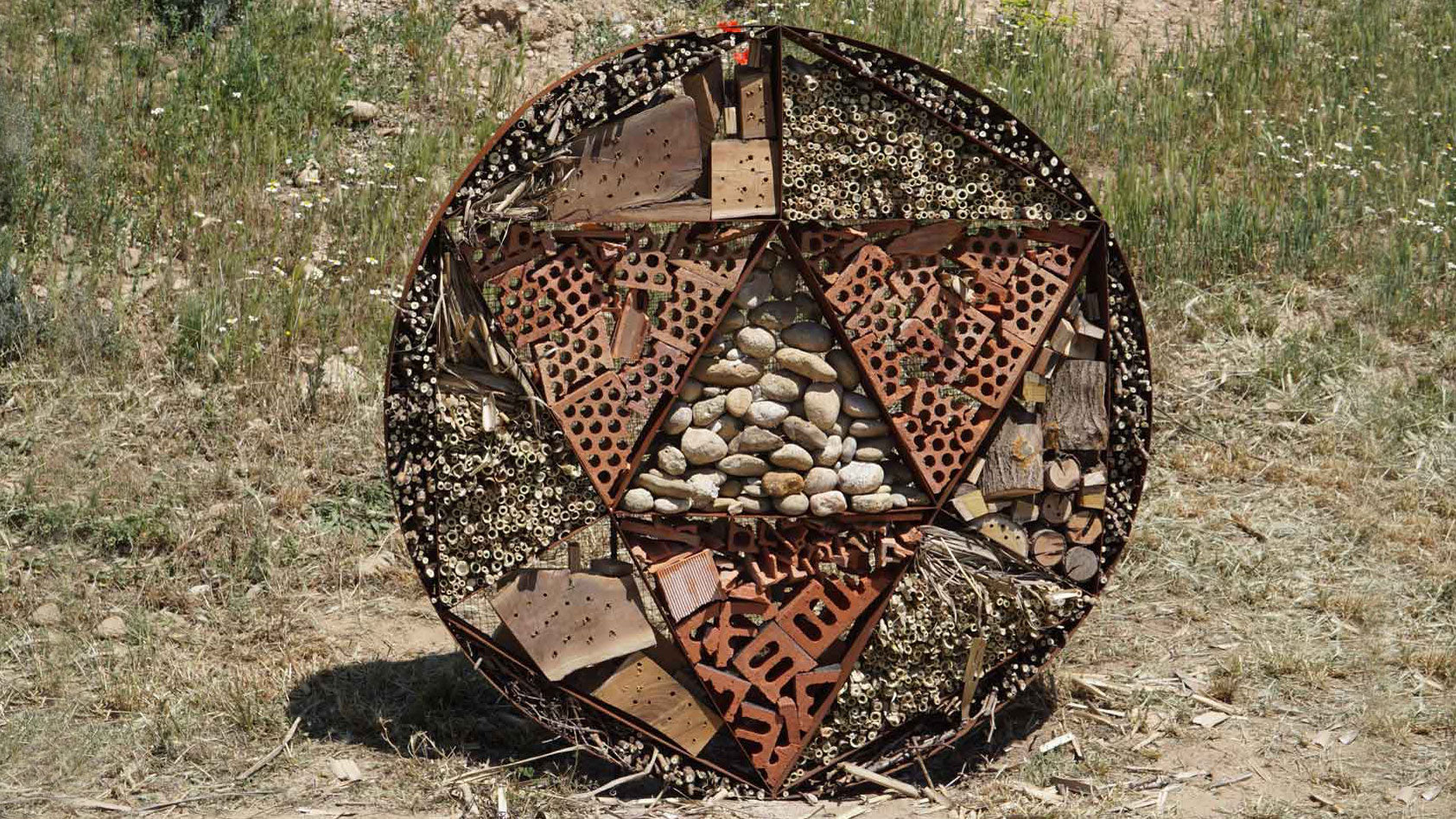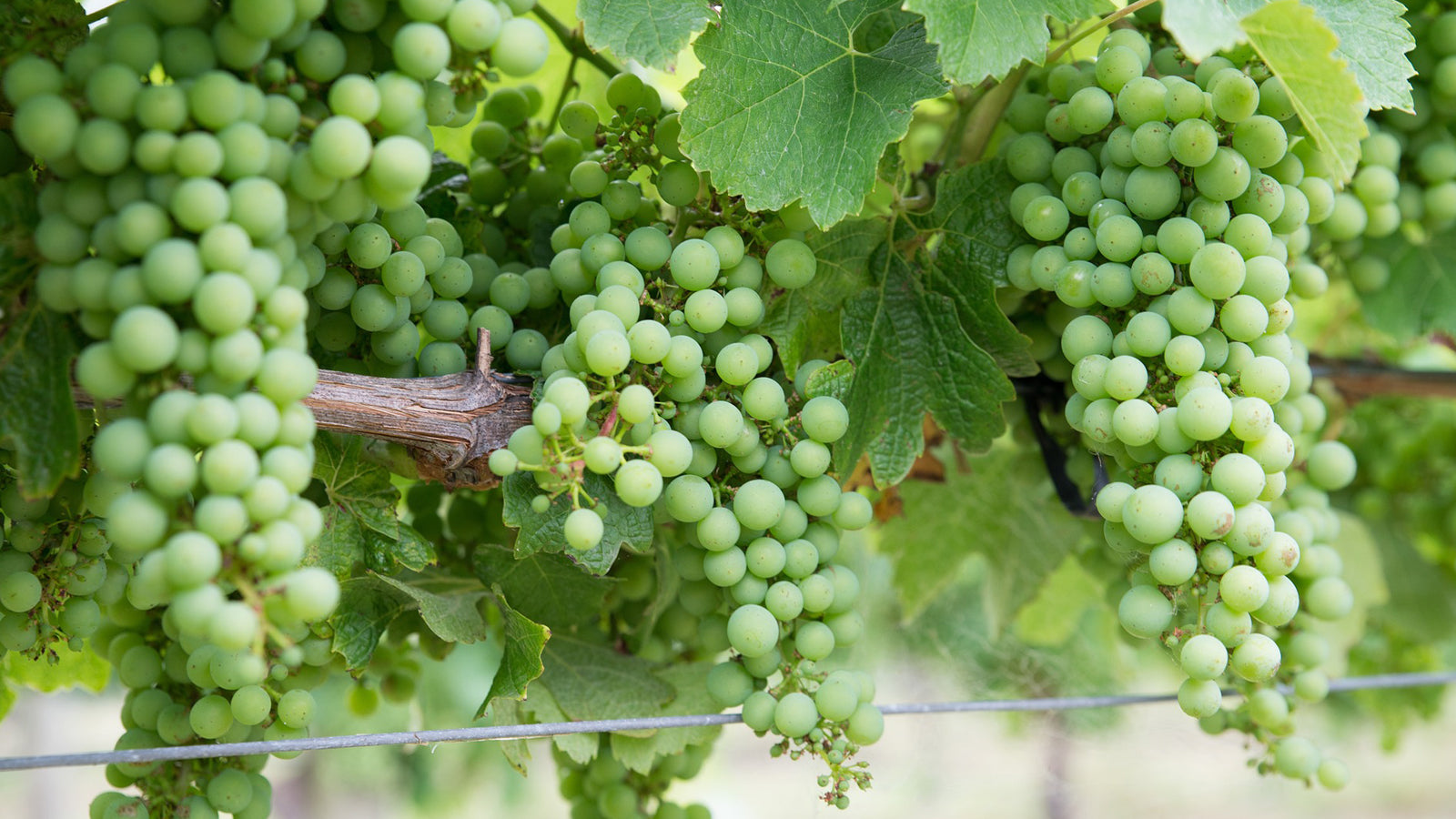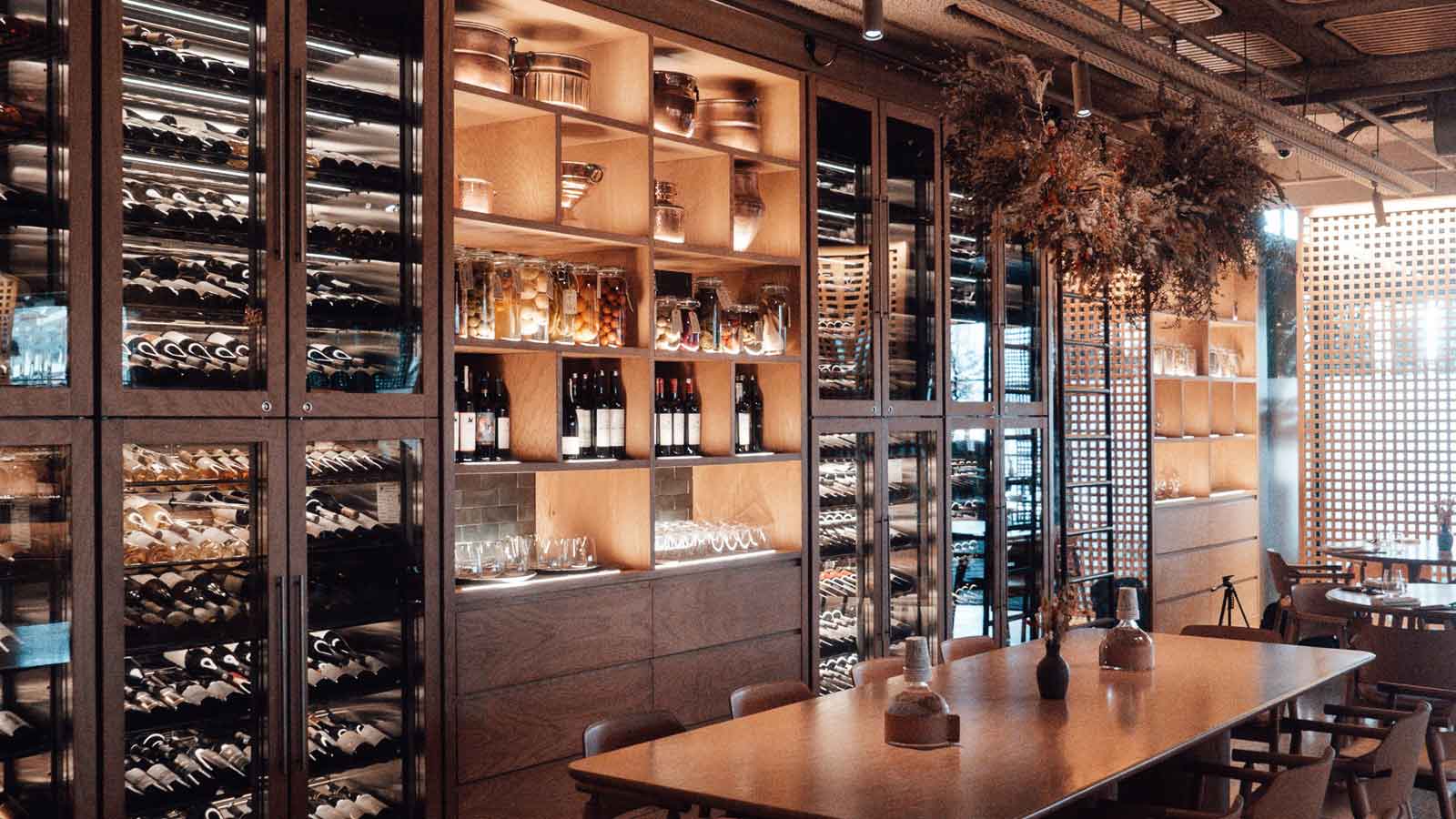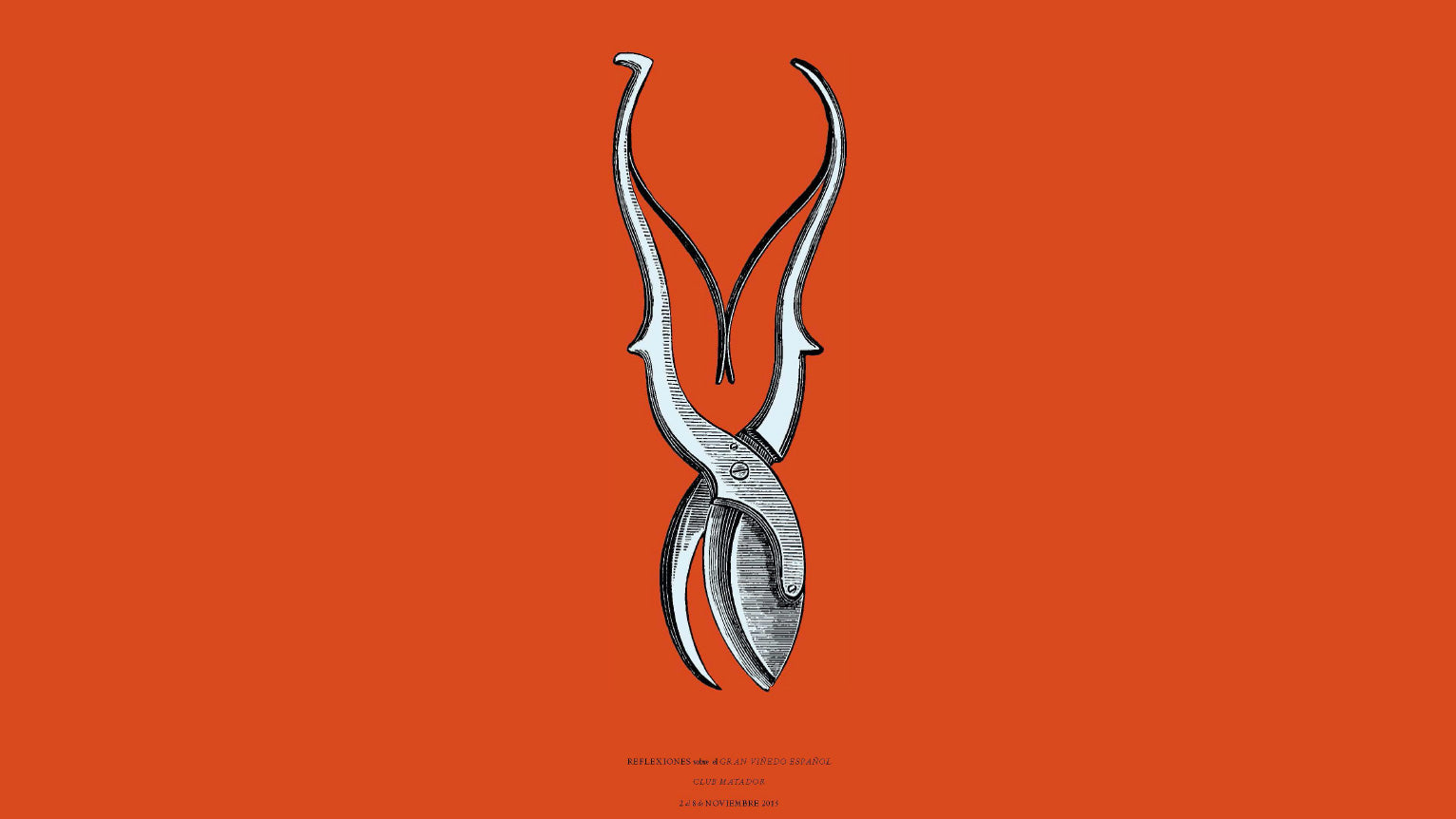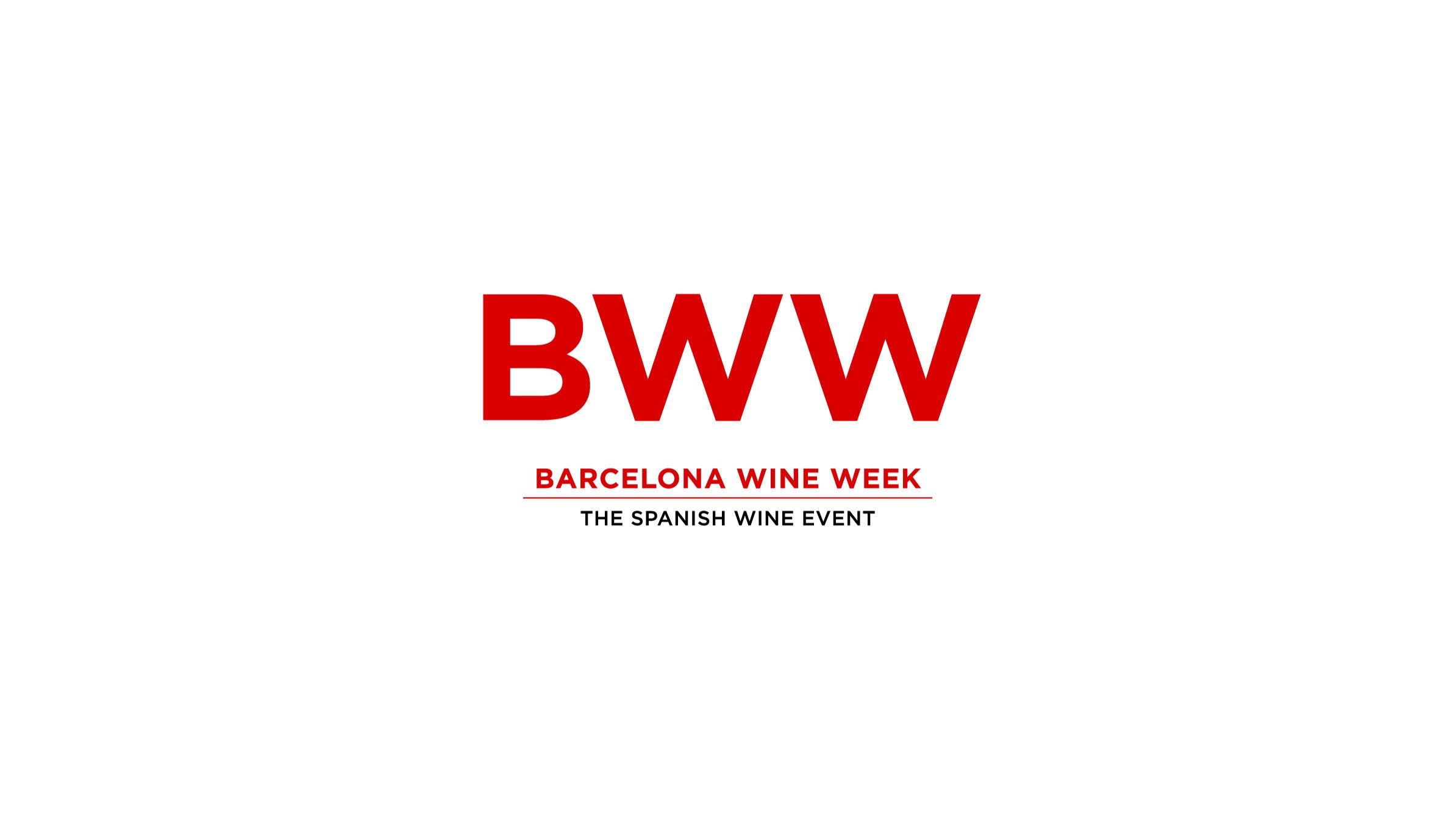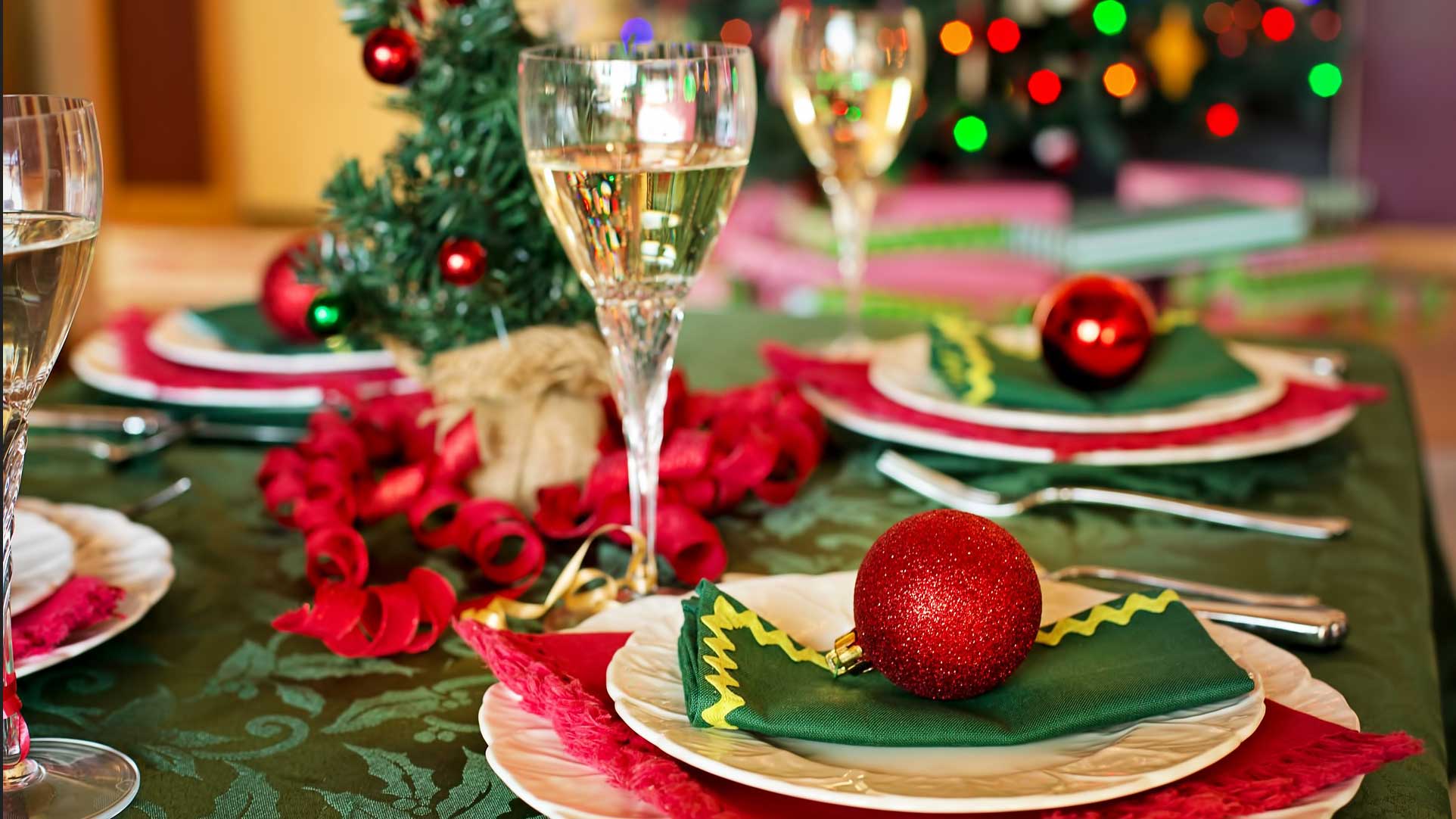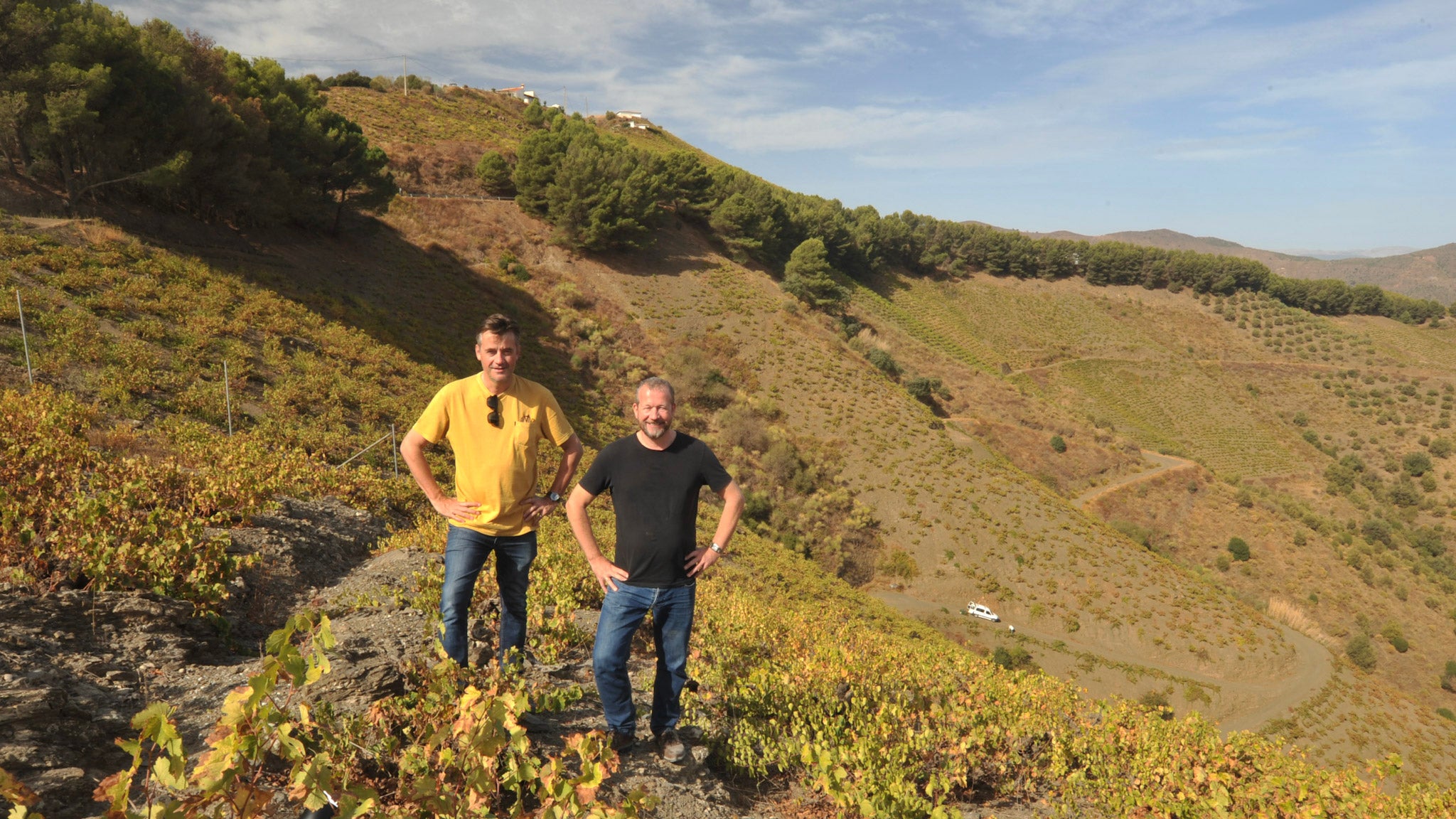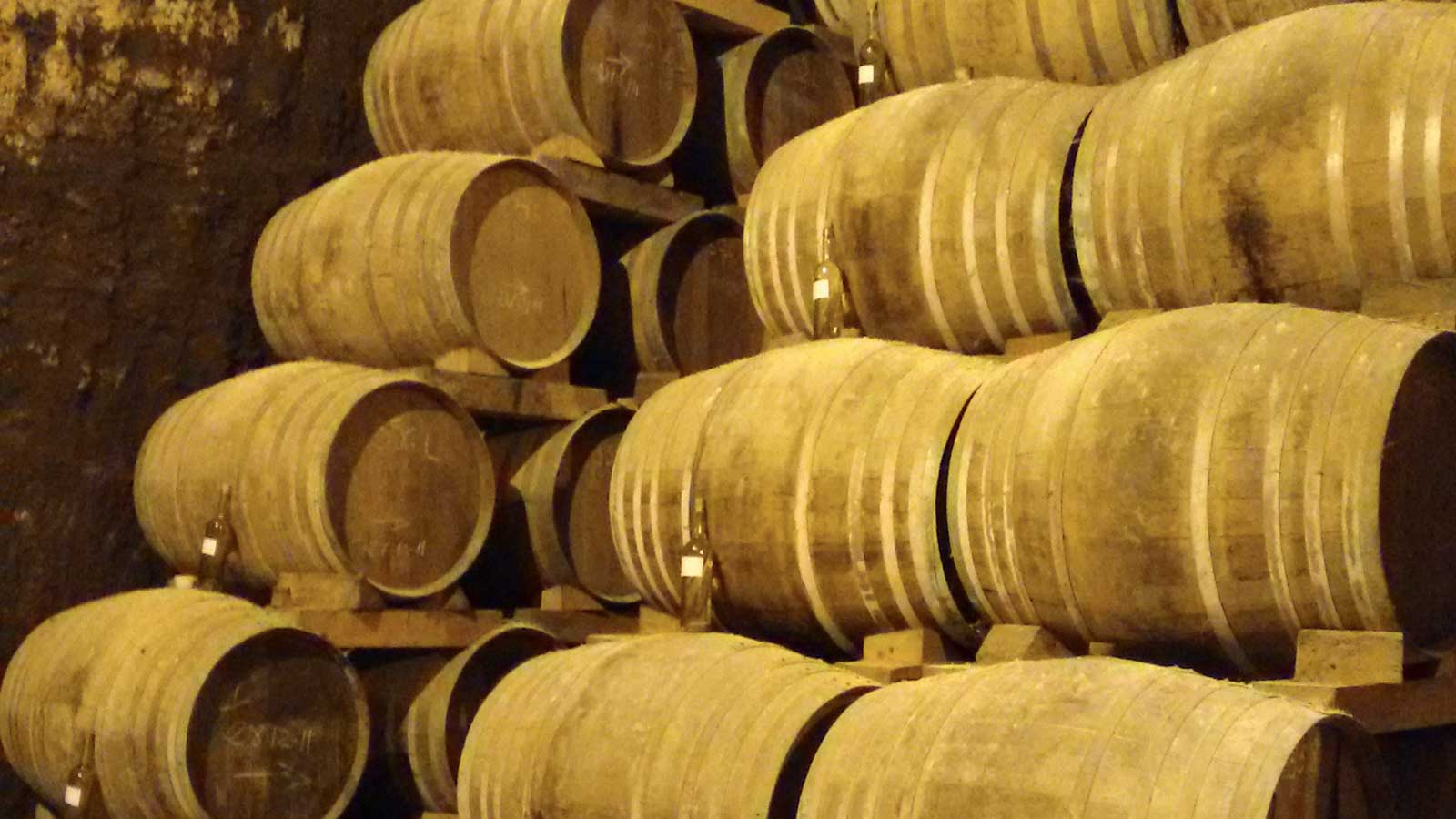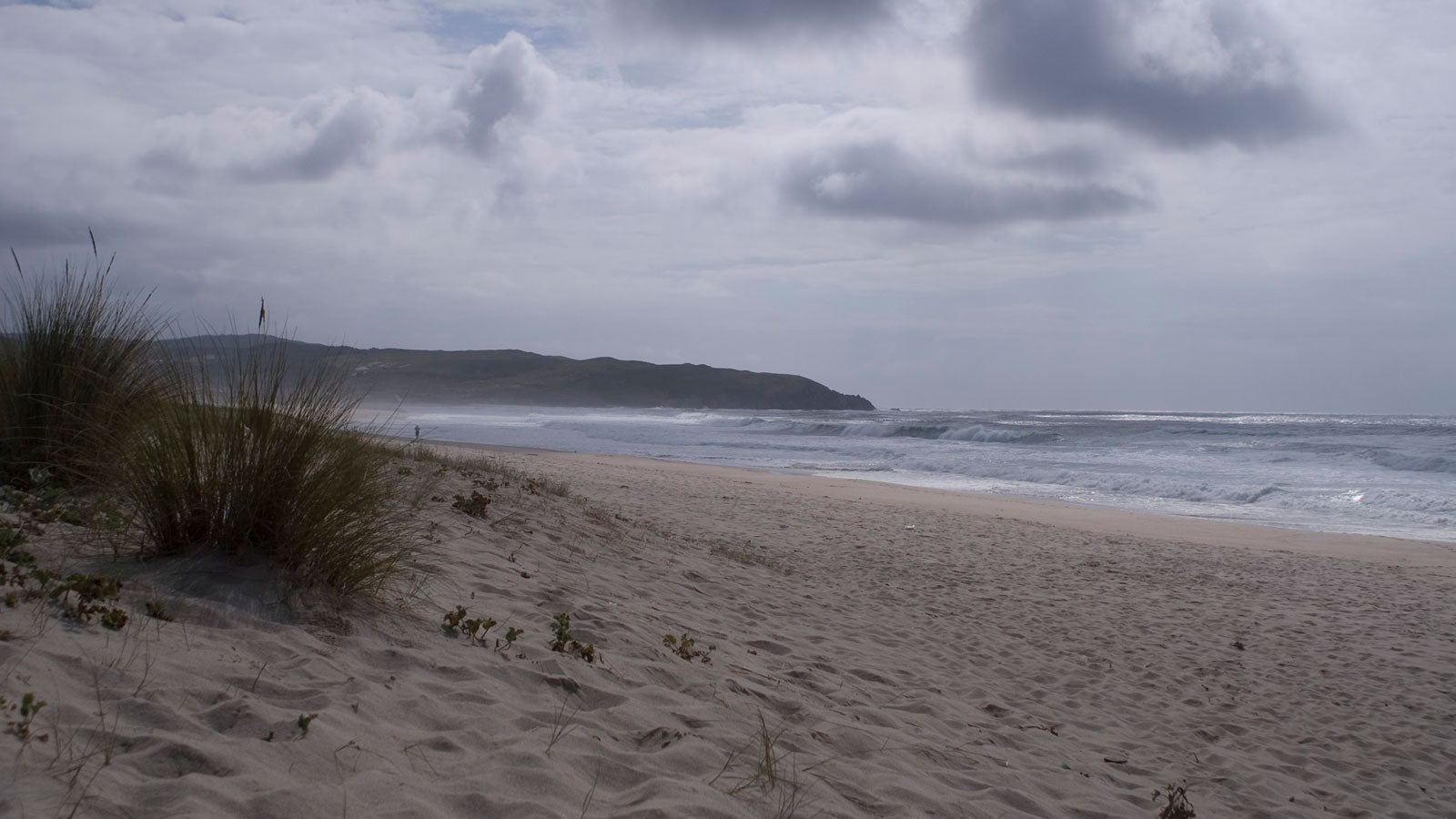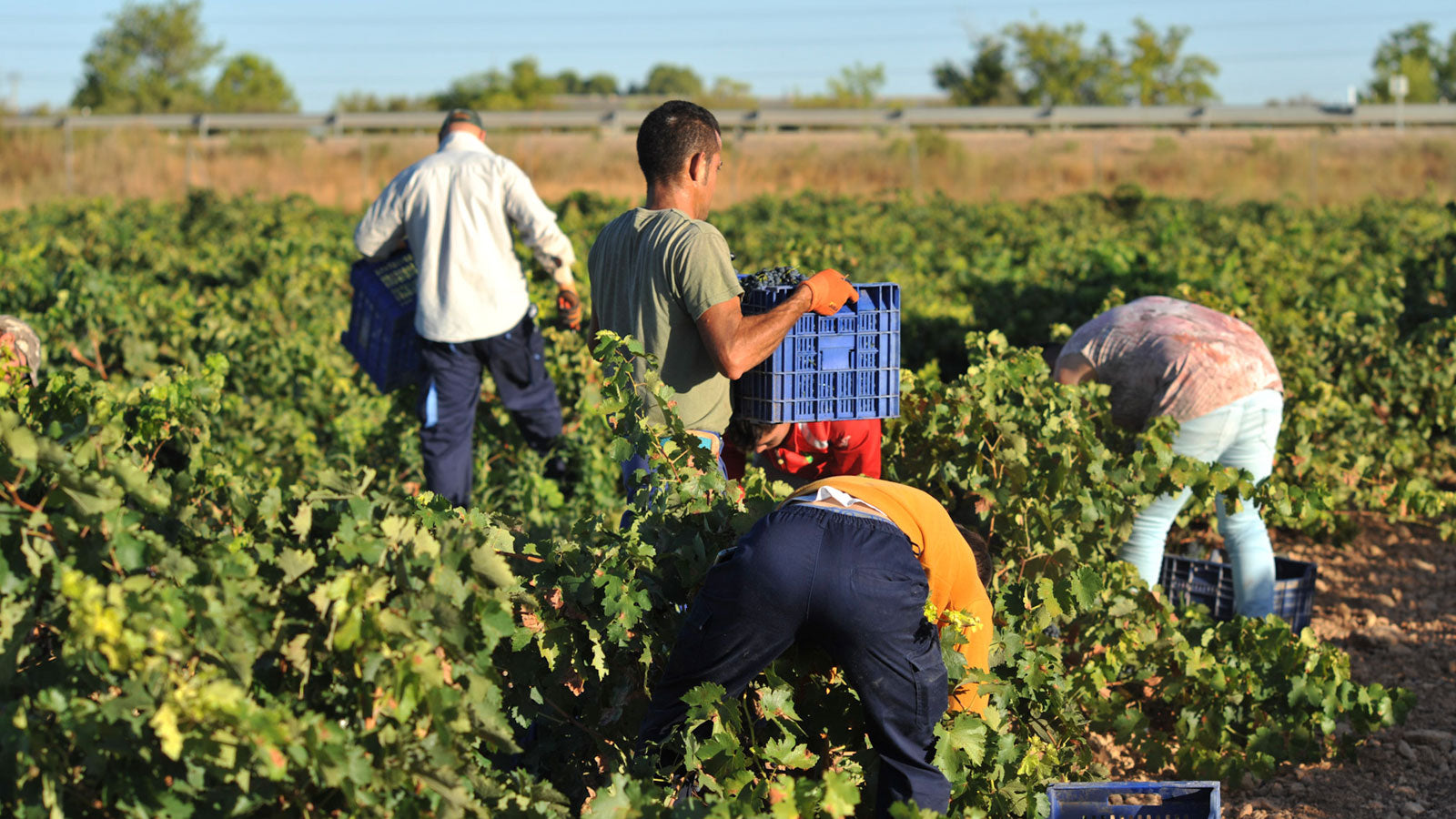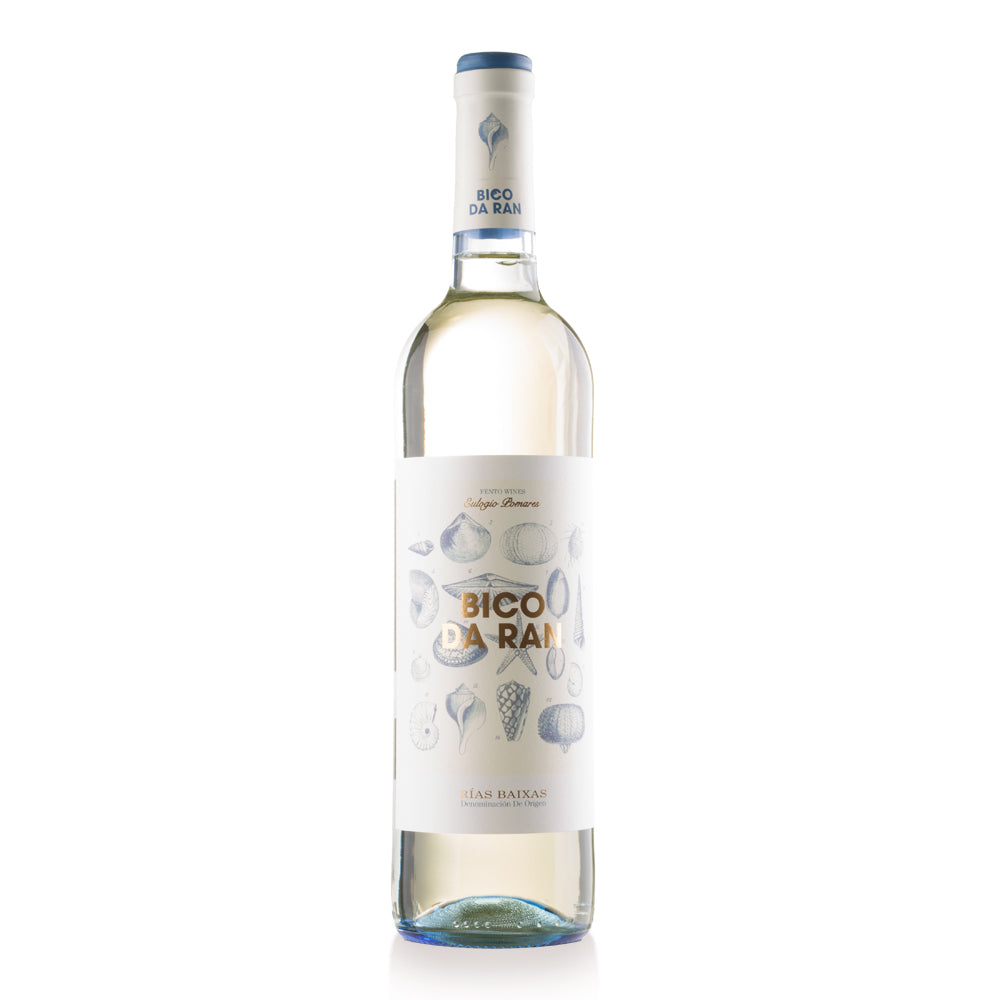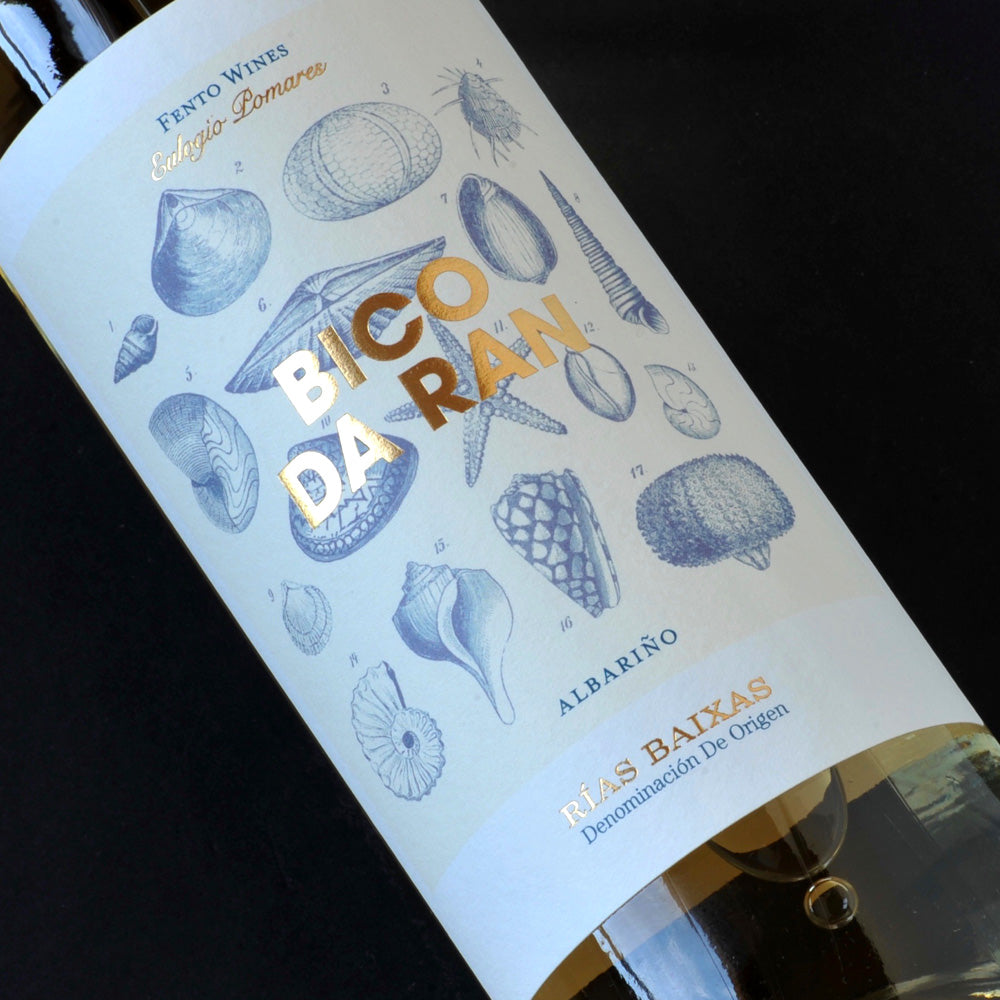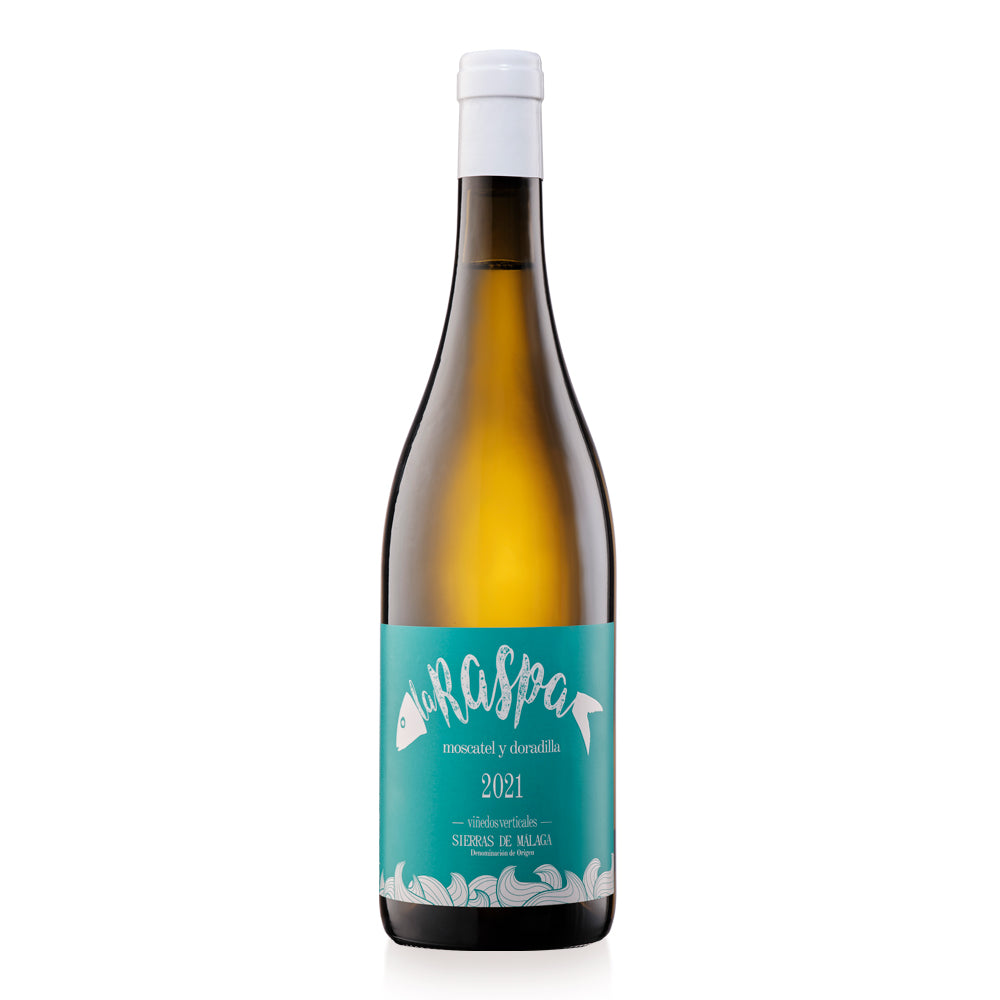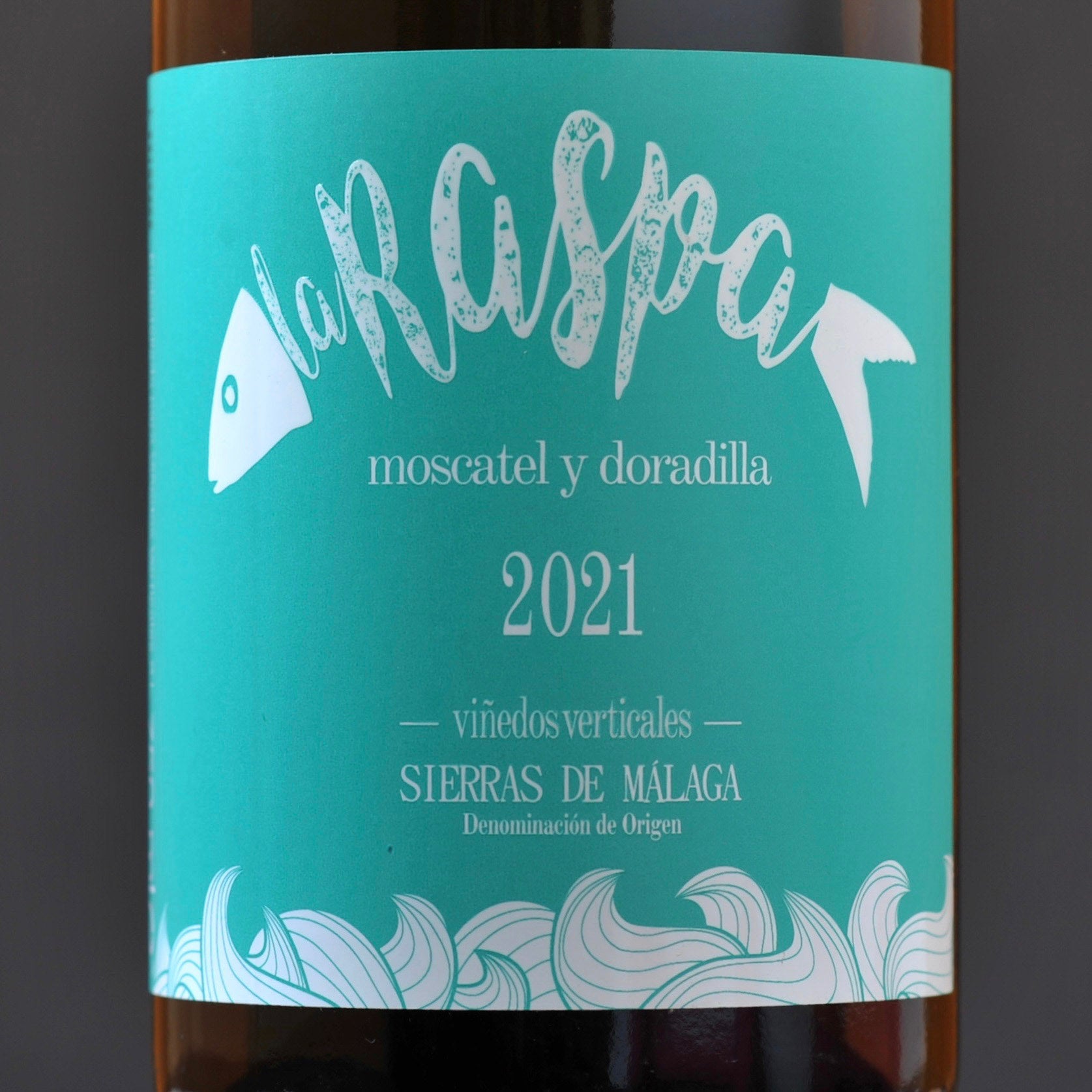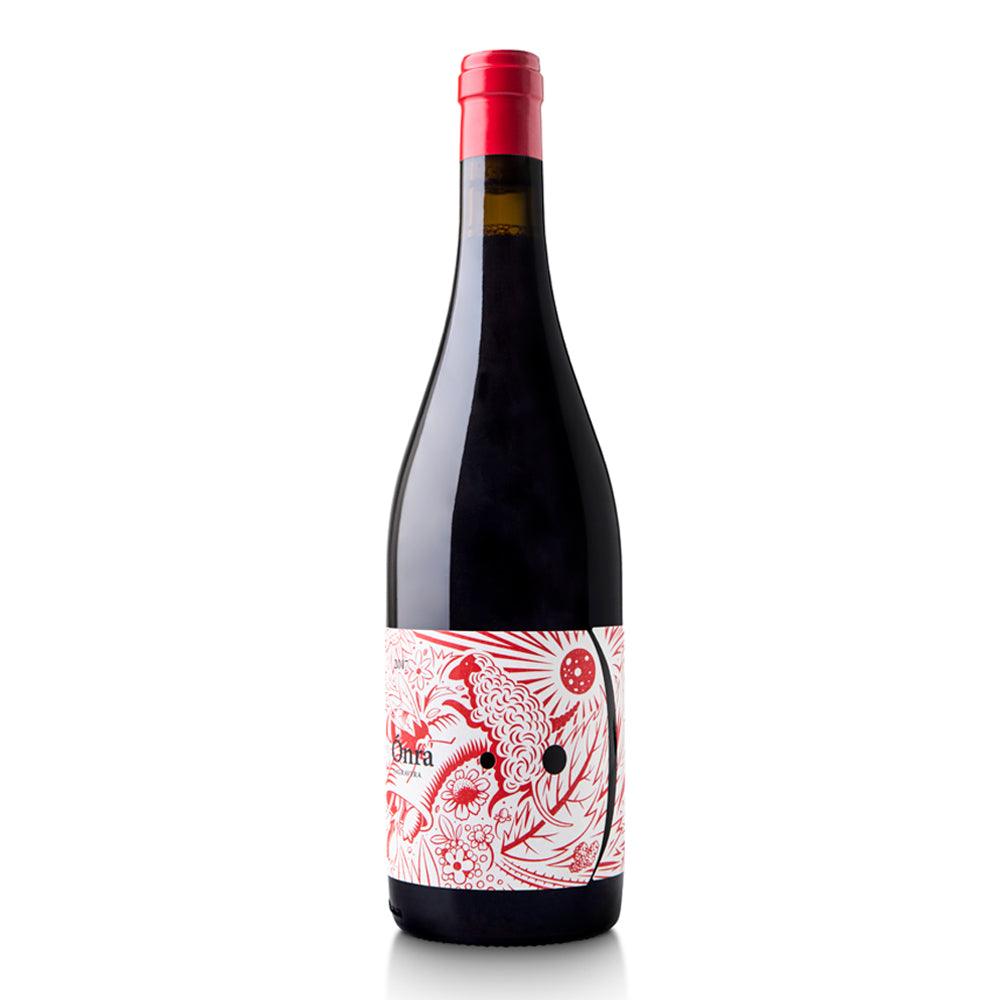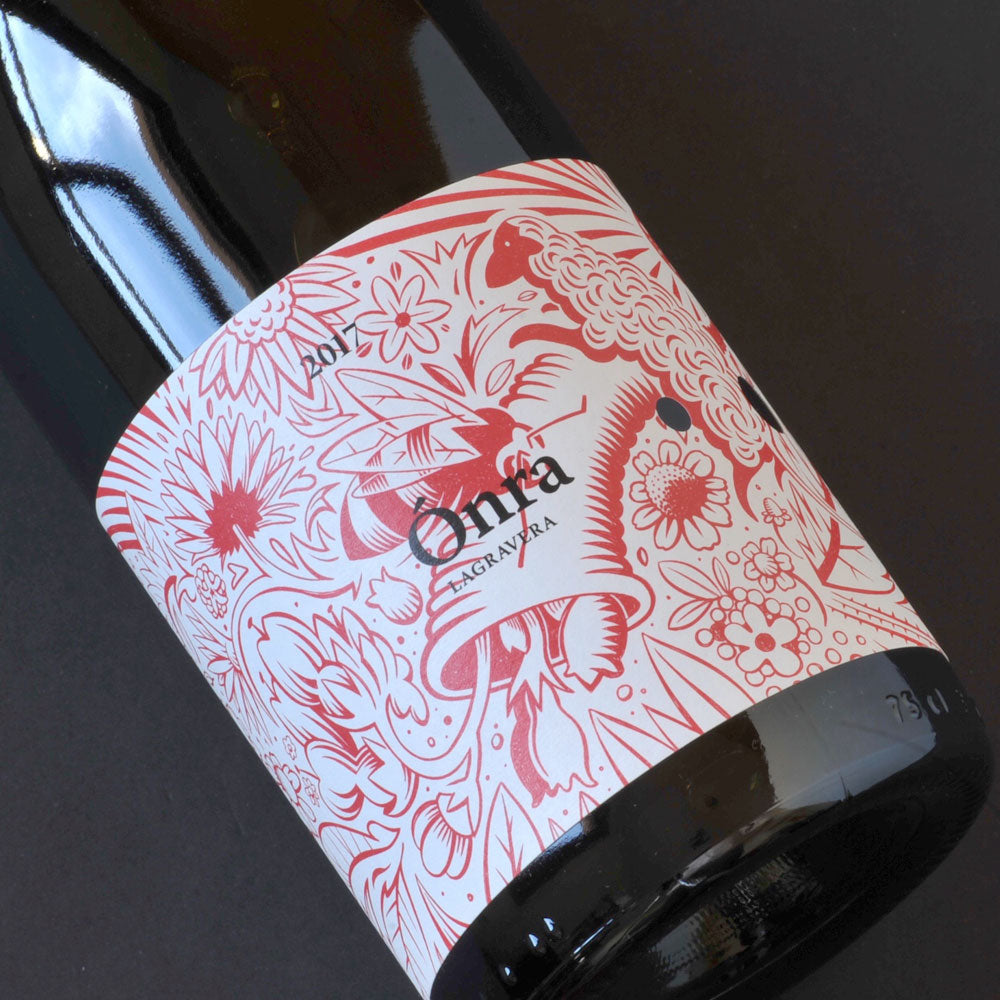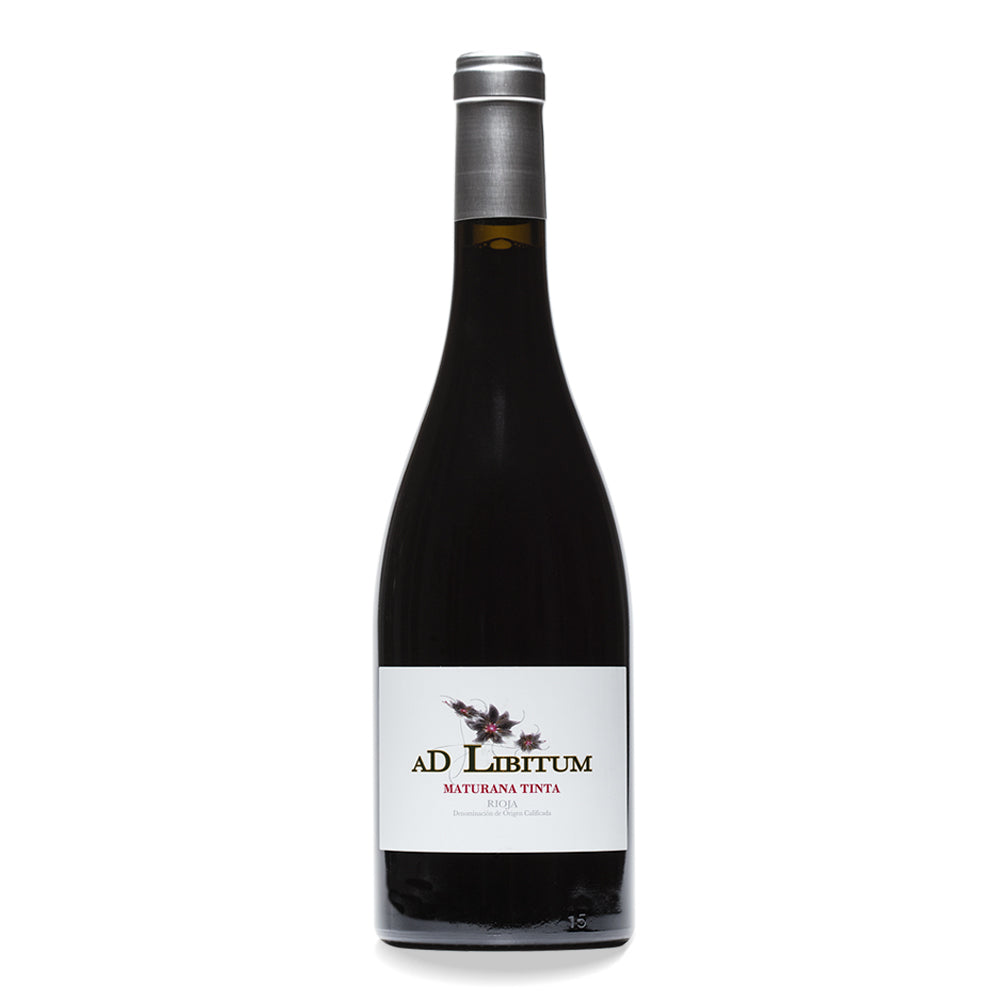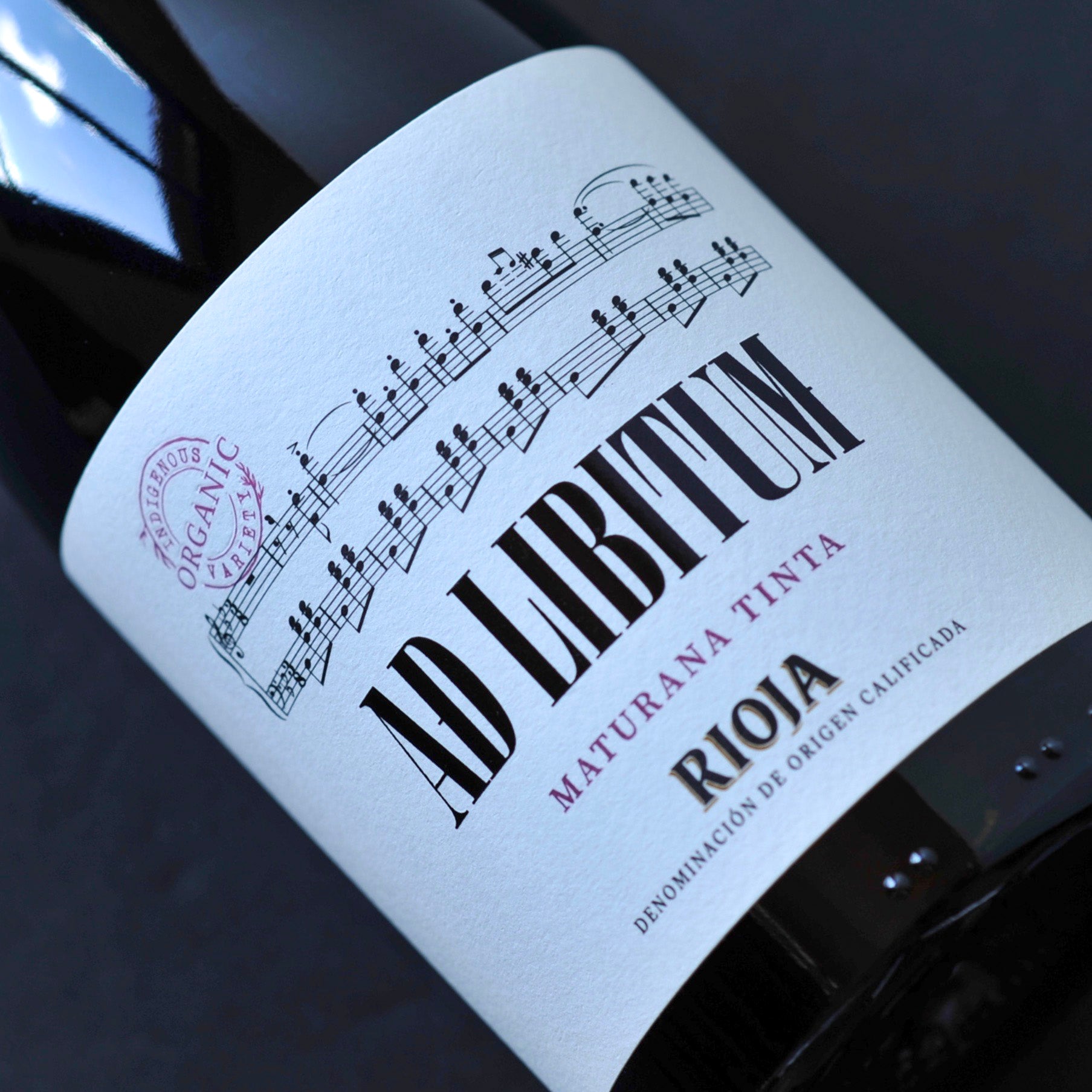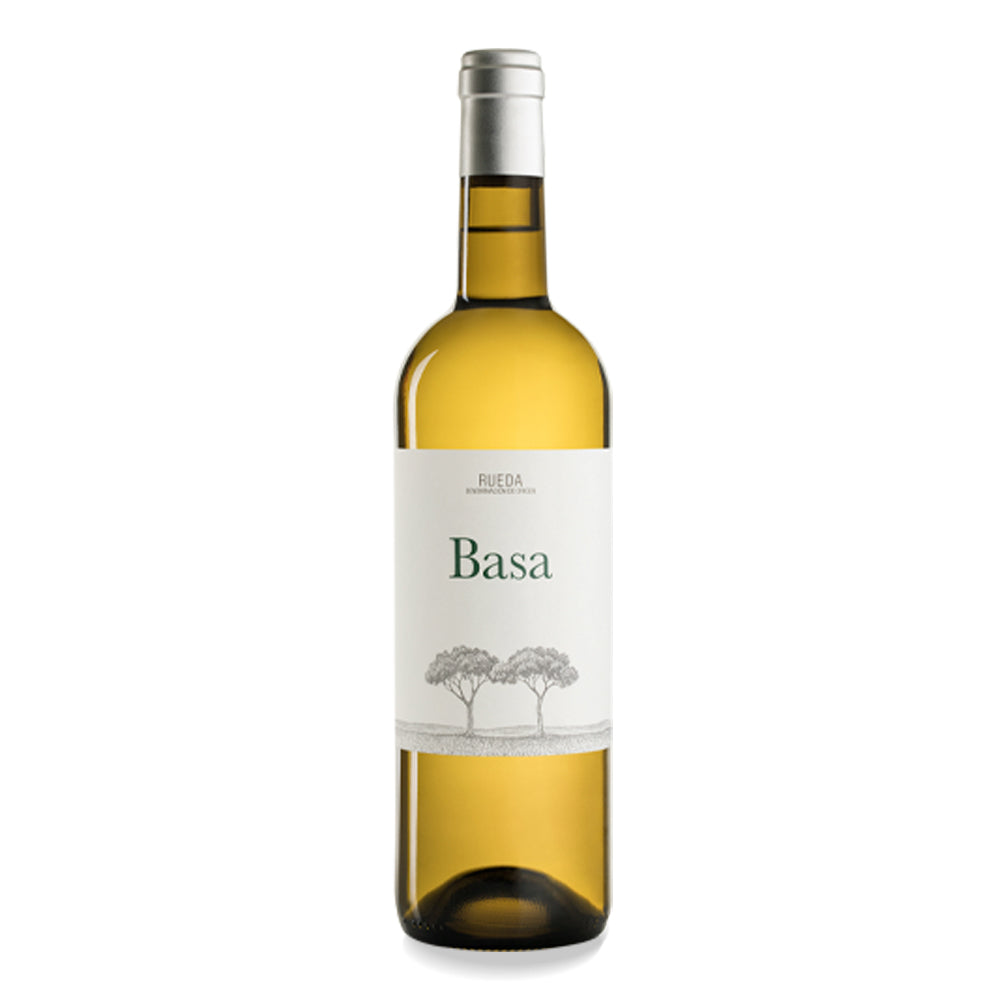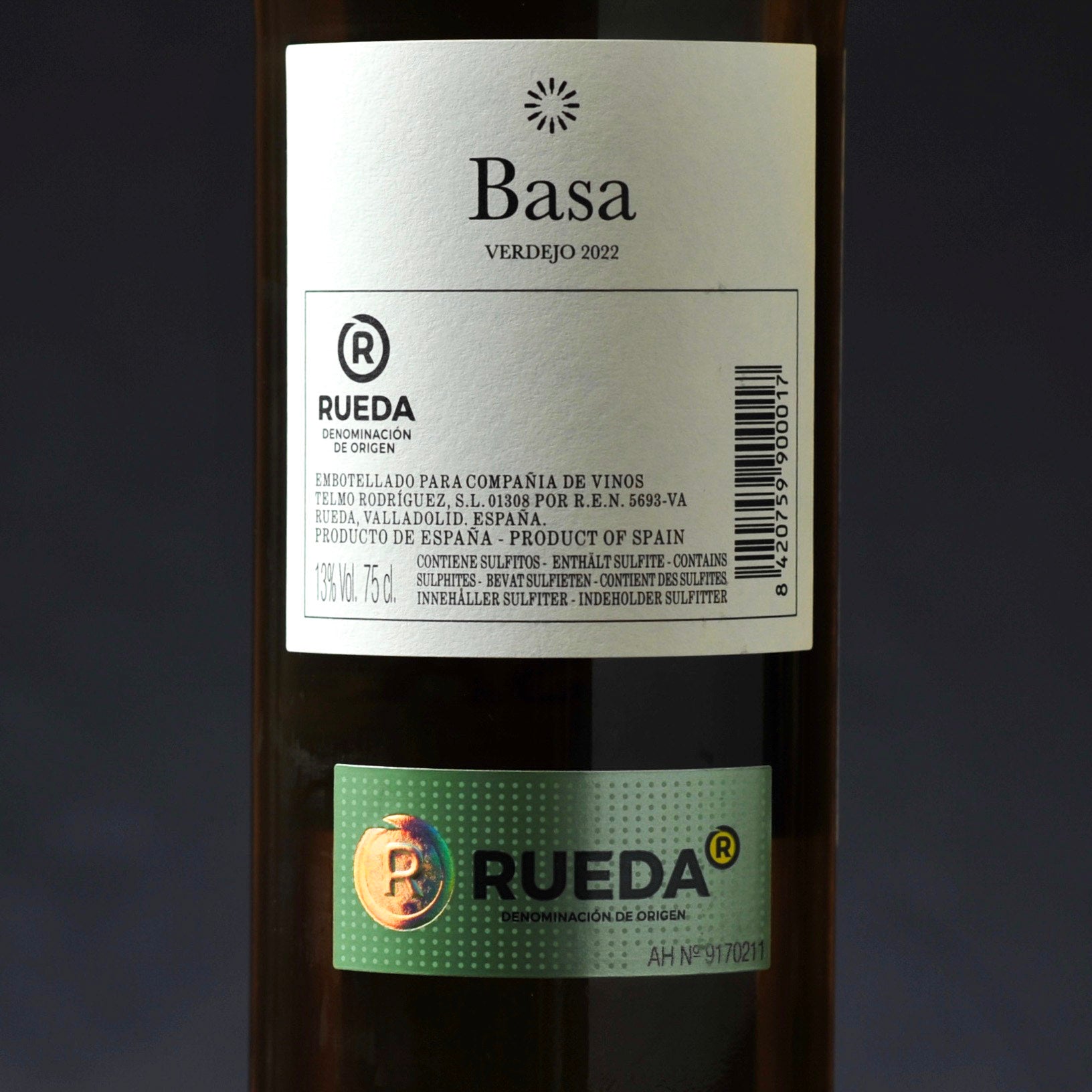For lots of ¨normal¨ people – i.e. people who don’t think about wine all day – sherry is sherry is sherry. Ask them to name a specific style and they’ll probably say “dry”. Or if you’re talking to your granny she might say “Harvey’s Bristol Cream”!
The truth is sherry is often overlooked by wine lovers – even those who would consider themselves to be quite passionate about wine. And that’s a shame. Because the world of sherry is almost as broad and fascinating as the rest of the Spanish wine world put together.
It’s also a great place to hunt for wine bargains; wines that have spent years - decades sometimes – luxuriating in oak butts and absorbing a myriad of enticing aromas and flavours. So we’re pleased to announce that we’ve added our first sherry to the Simply Spanish Wine list. Manzanilla Maruja is an absolutely delicious manzanilla from the historic Bodegas Juan Piñero winery in Sanlúcar de Barrameda, and is exceptionally good value for money. It’s a lot of wine at a low price.
And given it’s our first fortified wine on the list, we thought we’d take the opportunity to talk a bit more about how sherry is made and take a look at two of the most popular sherry styles, fino and manzanilla – very similar in some ways, but with some key differences to be aware of.
How sherry is made
Put simply, the first stage of sherry production is to make a base wine. For dry sherries – ie not Moscatel or Pedro Ximénez – this is made from the Palomino Fino grape which is fermented in pretty much the same way as any other white wine. But once the base wine has been fermented, things start to change. At this point, the base wine is fortified – encabezado in Spanish - with a distilled alcohol and then put into wooden barrels for ageing.
Fortified wines are aged in the so-called Criaderas y Solera system. This is the elegant cascade of wooden barrels which dominate the sherry cathedrals of Jerez and ensure a so-called ¨dynamic¨ ageing system. Each year – usually several times a year – wine is taken out of the bottom level of barrels known as the solera (because it sits on the floor) and bottled. This process is known as the saca (literally ¨the removal¨). At the same time, an identical quantity of wine is added to the solera from the first criadera, the second criadera replenishes the first, and so on and so forth to the top where new, fresh wine is added to keep the whole little micro-universe in motion.

The criadera y solera system is the same for all sherries. But what sets the different sherries apart is what goes on inside the barrels, and specifically the way in which they are aged. In the case of fino and manzanilla both go through what’s called biological ageing or crianza biológica. And that requires something that, for many sherry lovers, is the distinguishing feature that makes sherries so enticing - the flor.
The flor is a layer of yeast cells that forms naturally on top of the wine while it is ageing in the barrels. Sherry makers intentionally leave space in the top of the barrel to allow for the flor to form and interact with the wine ageing underneath it. The effect of the flor is to cut off the oxygen supply to the wine as it ages, which gives the resulting sherry its specific flavour profile.

Scientifically speaking flor is a type of Saccharomyces Cerevisiae yeast, similar to those used in brewing or breadmaking. It’s an indigenous yeast which is naturally present in the micro-climate in the Marco de Jerez. That means that location plays a very important part in sherry production. And it’s here where we see the difference between fino and manzanilla.
Fino vs Manzanilla
Flor thrives in cooler, more humid climates (70% or above is ideal), which means that the flor you get by the sea in Sanlúcar de Barrameda, the home of manzanilla, is that much thicker than the flor you’ll find 25 kilometres inland in Jerez de la Frontera where fino hails from. That extra thickness means an even more robust barrier to any contact with oxygen which helps ensure that pale to golden colour typical of manzanilla. And a more vigorous flor means less glycerol in the wine, as the yeasts consume glycerol during the ageing process. As a result, manzanilla tends to be that much brighter and fresher, with slightly drier, saline notes and sometimes a touch of green apple. While fino is a bit broader on the palate and more ‘savoury’.
Now the technical side is out of the way, it’s time to decide what food to pair with your glass of fino or manzanilla. And this is where the fun begins, because both are very food friendly wines which pair especially well with the kind of finger-food you’re going to find in lots of bars and restaurants in Andalucía. That saline tang means both work really well with all sorts of seafood and shellfish – try them with fresh gambas, for example, fried calamari or a delicious plate of fresh sardines. Spanish ham is another good combo, while manzanilla with a plate of sushi or sashimi is something everyone should try.
As we’ve said many times before, we’re big fans of fortified wines at Simply Spanish Wine and if you haven’t already caught the bug yourself, we strongly suggest you give them a try.
Cheers

